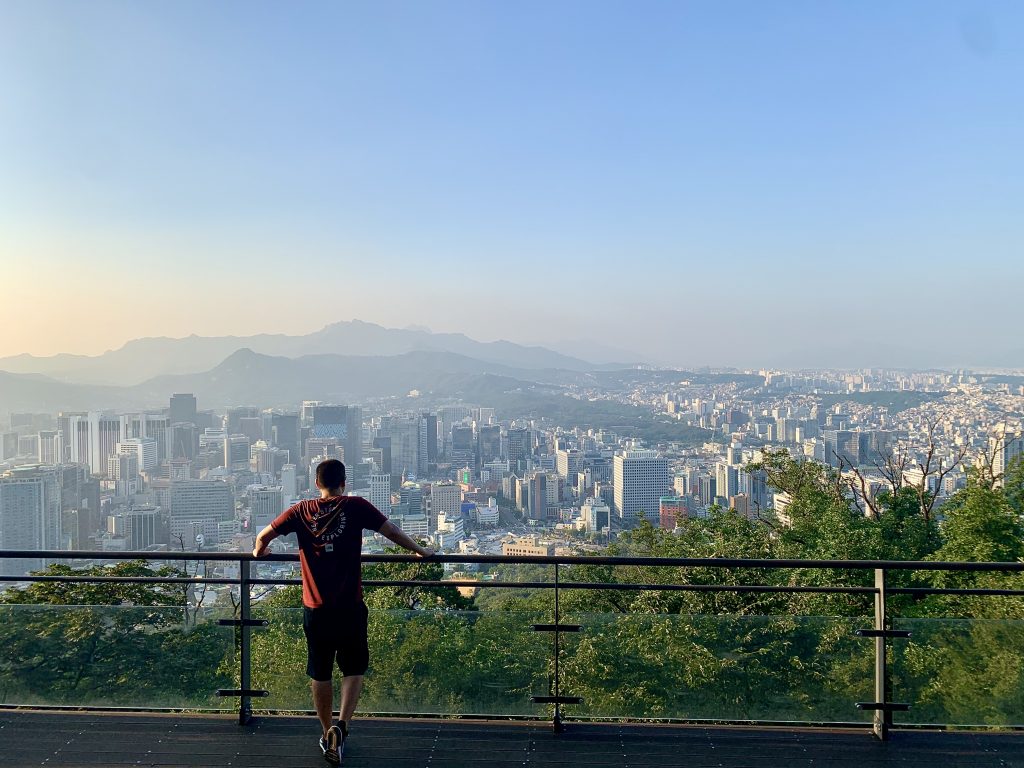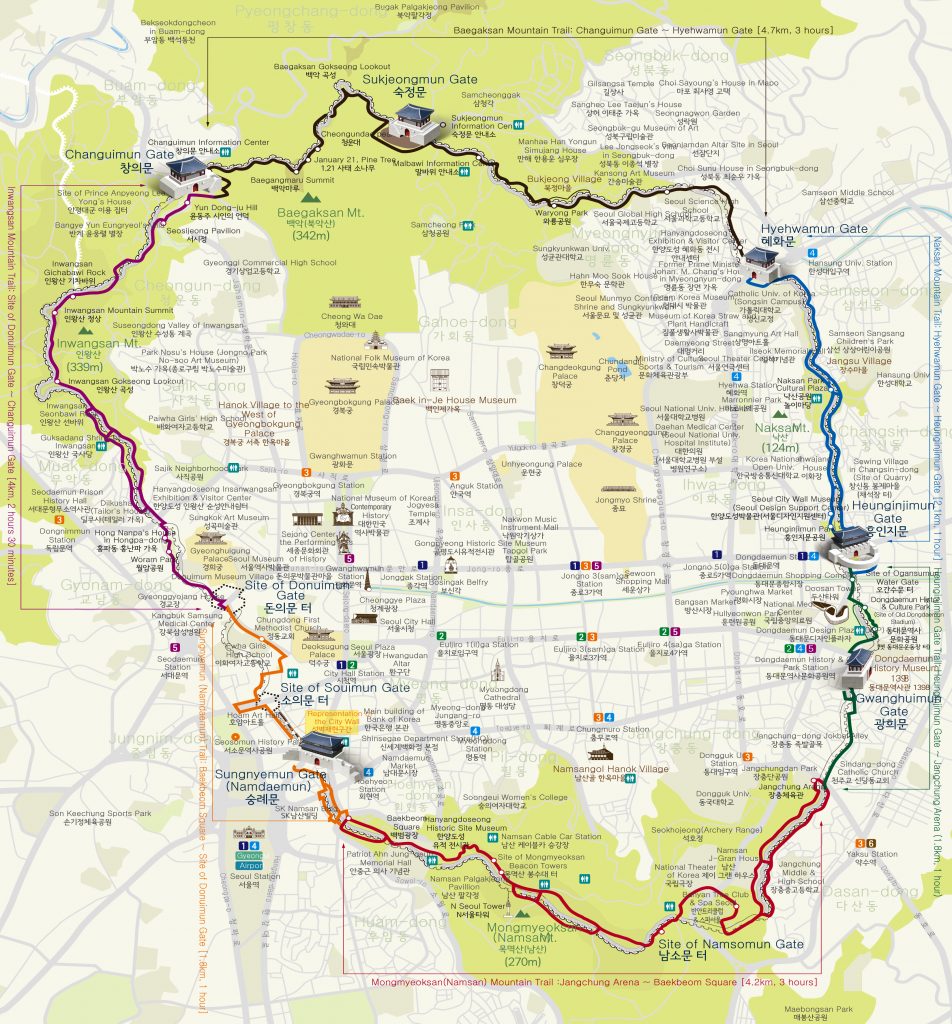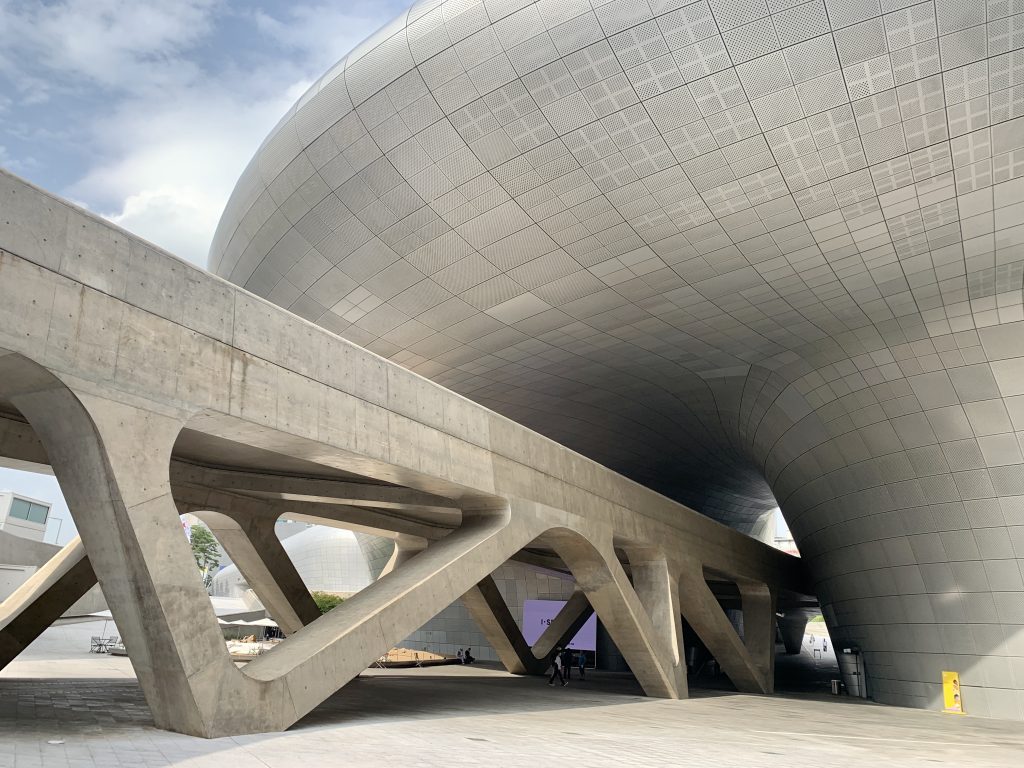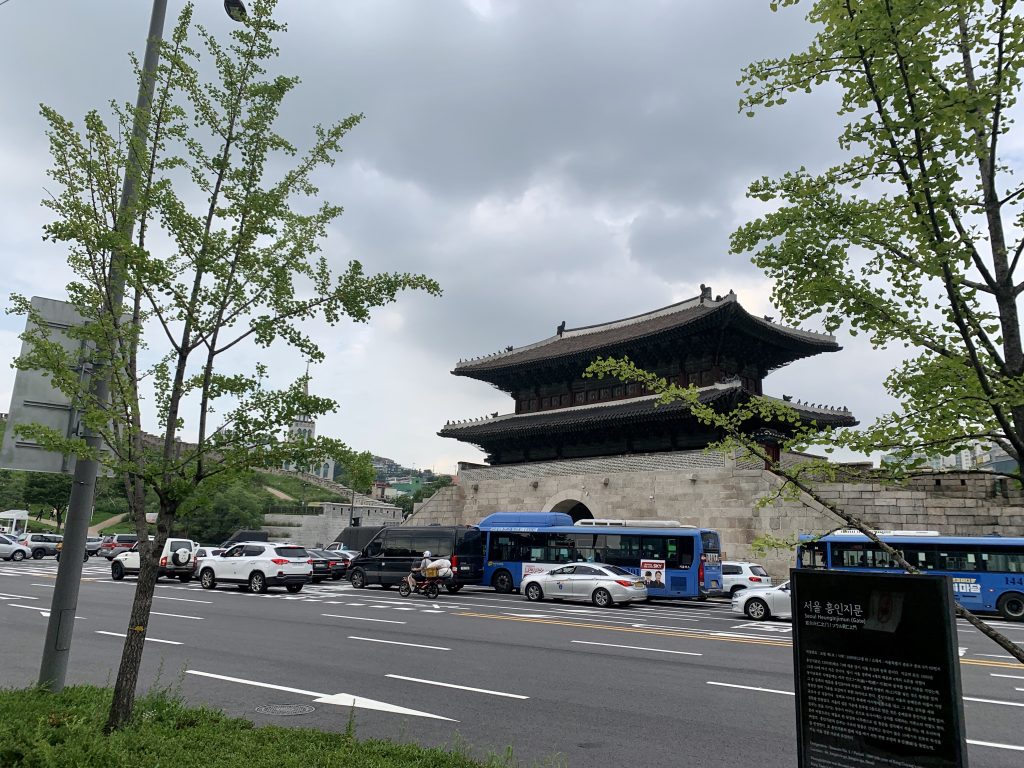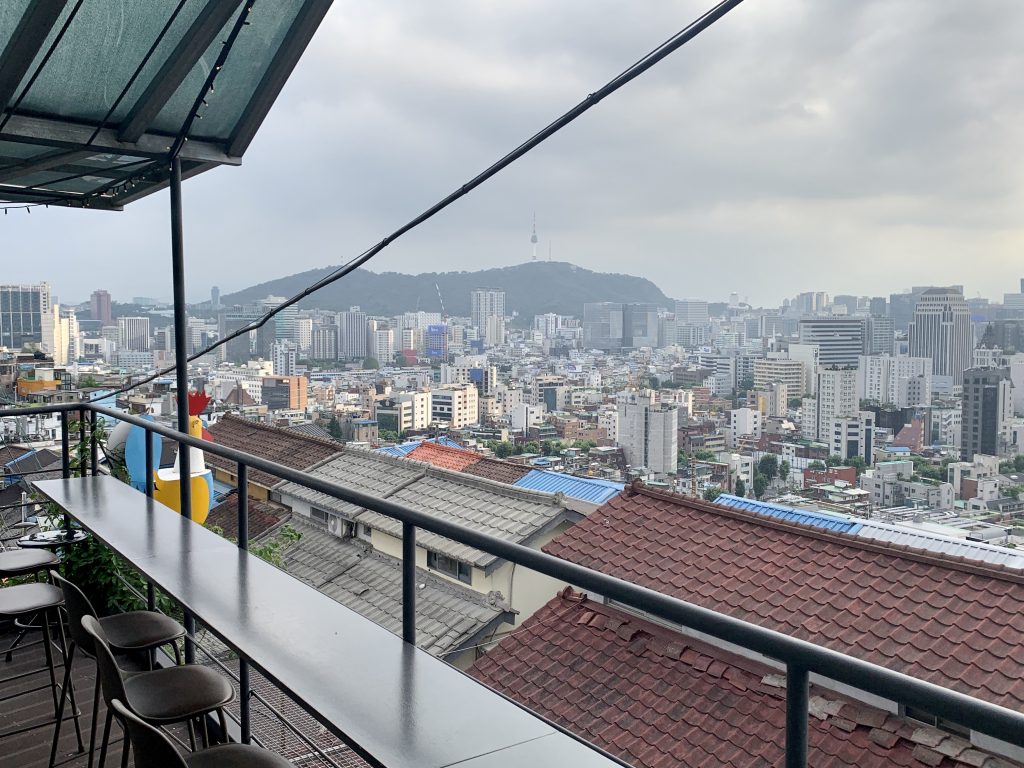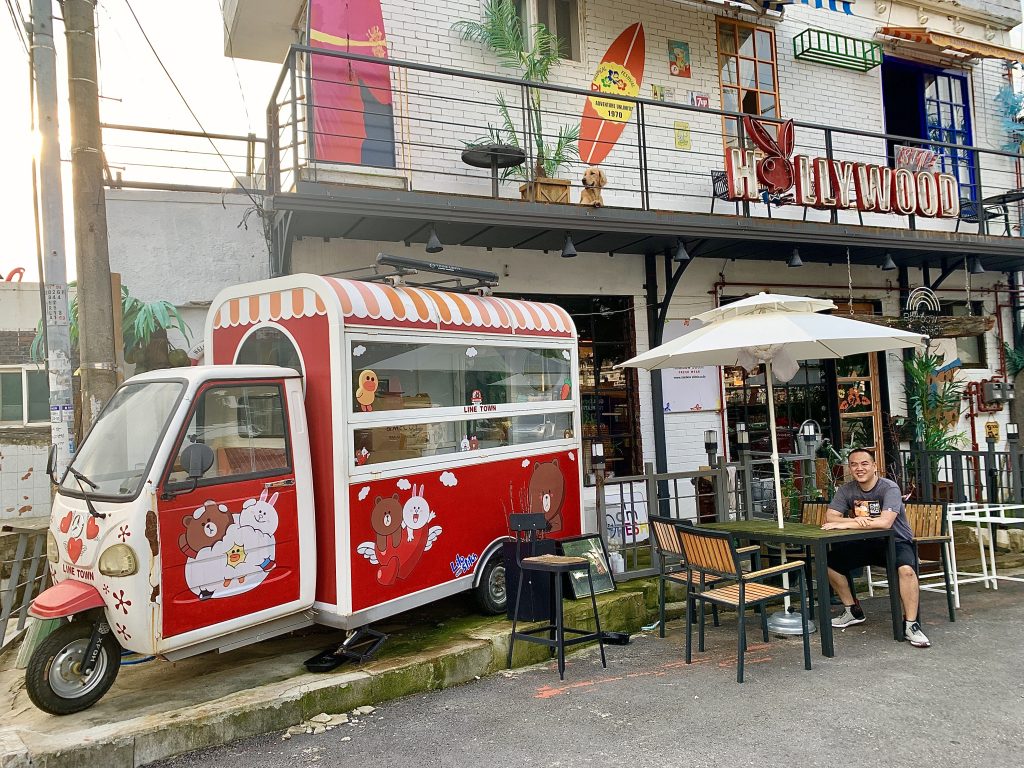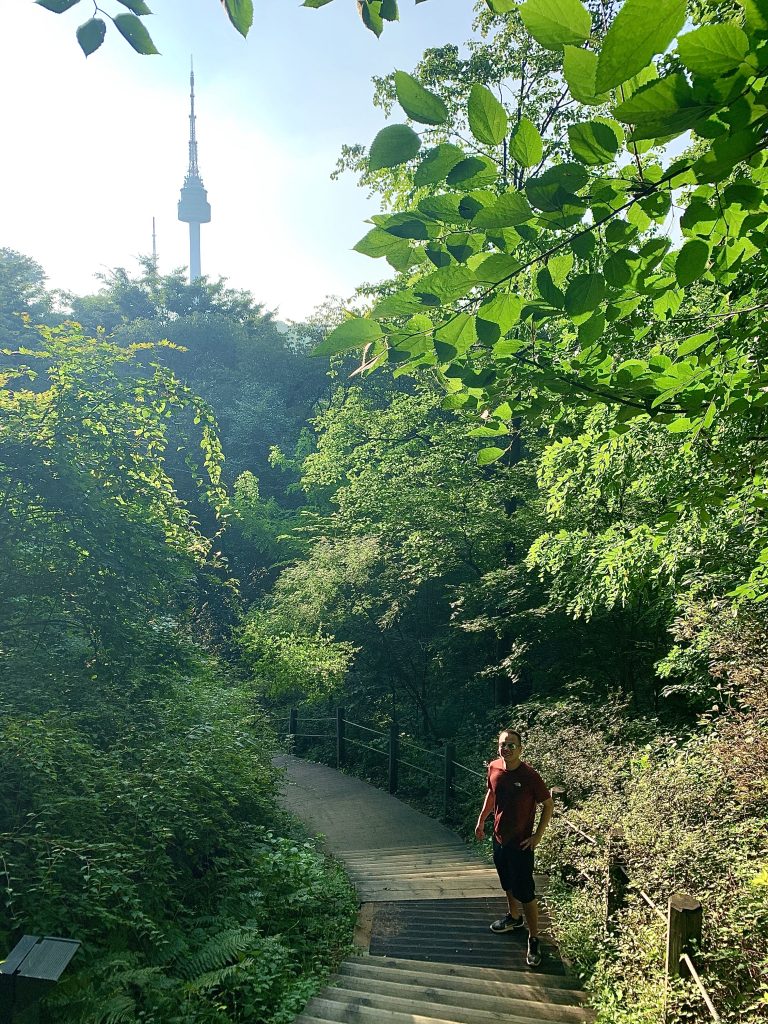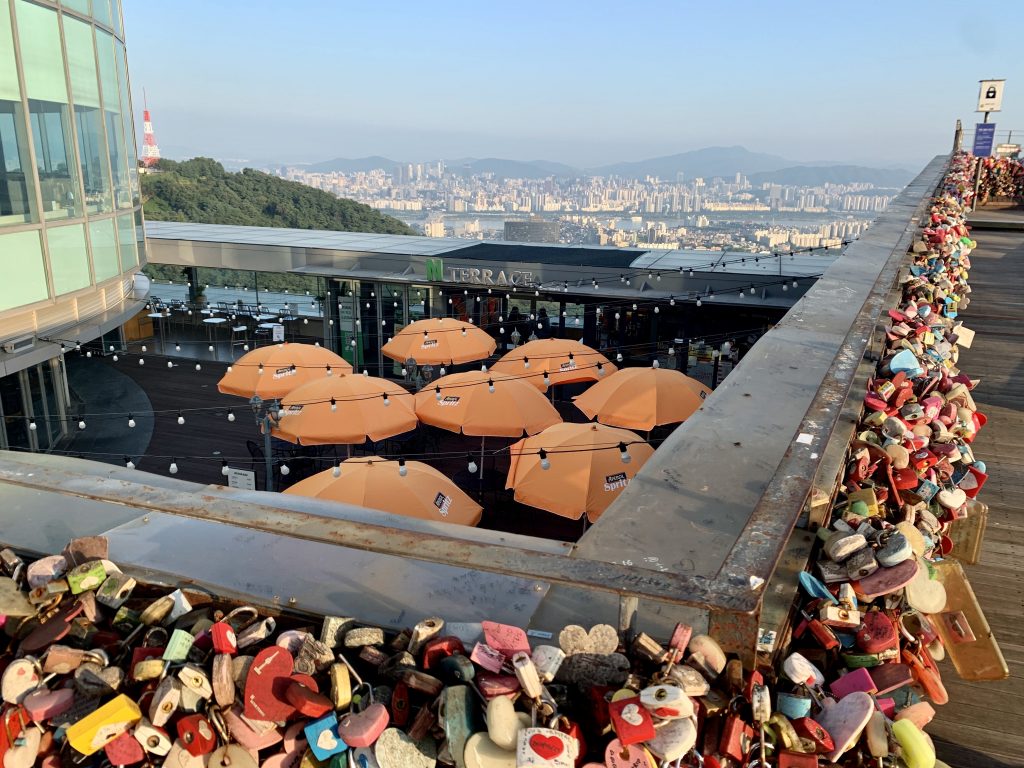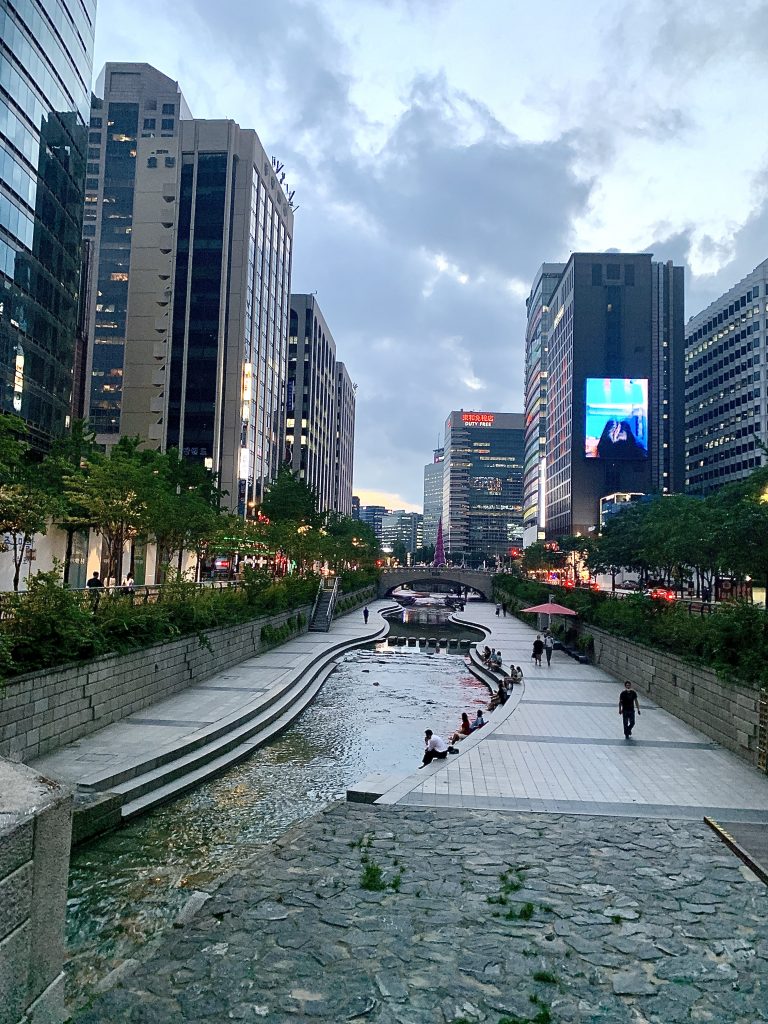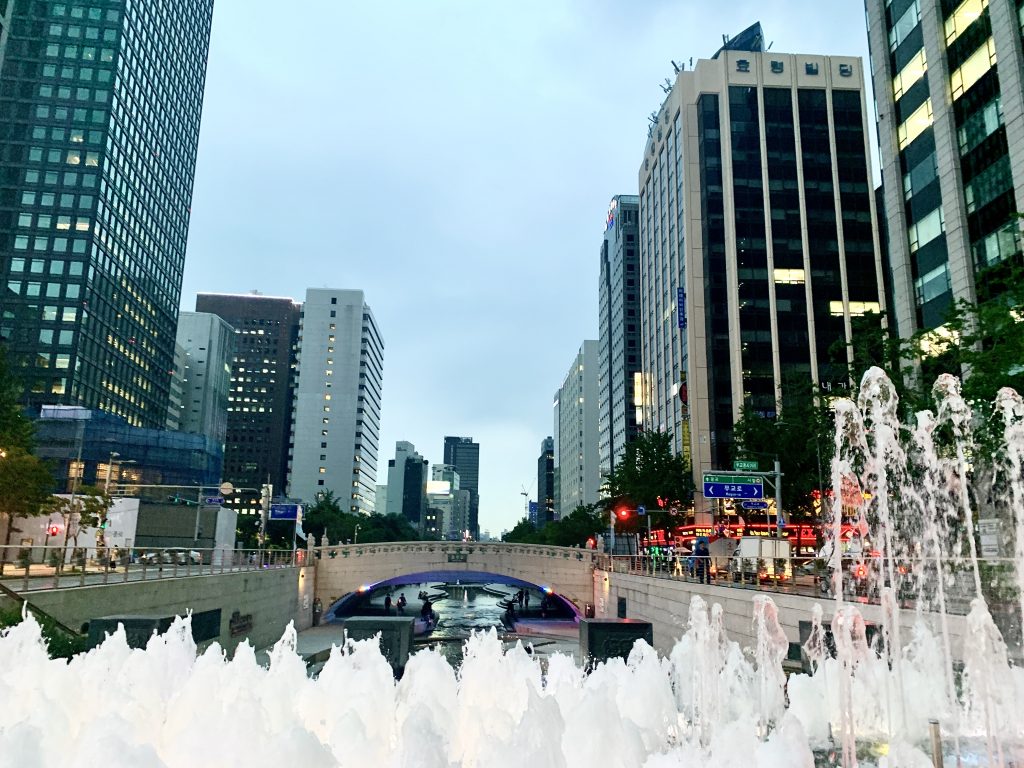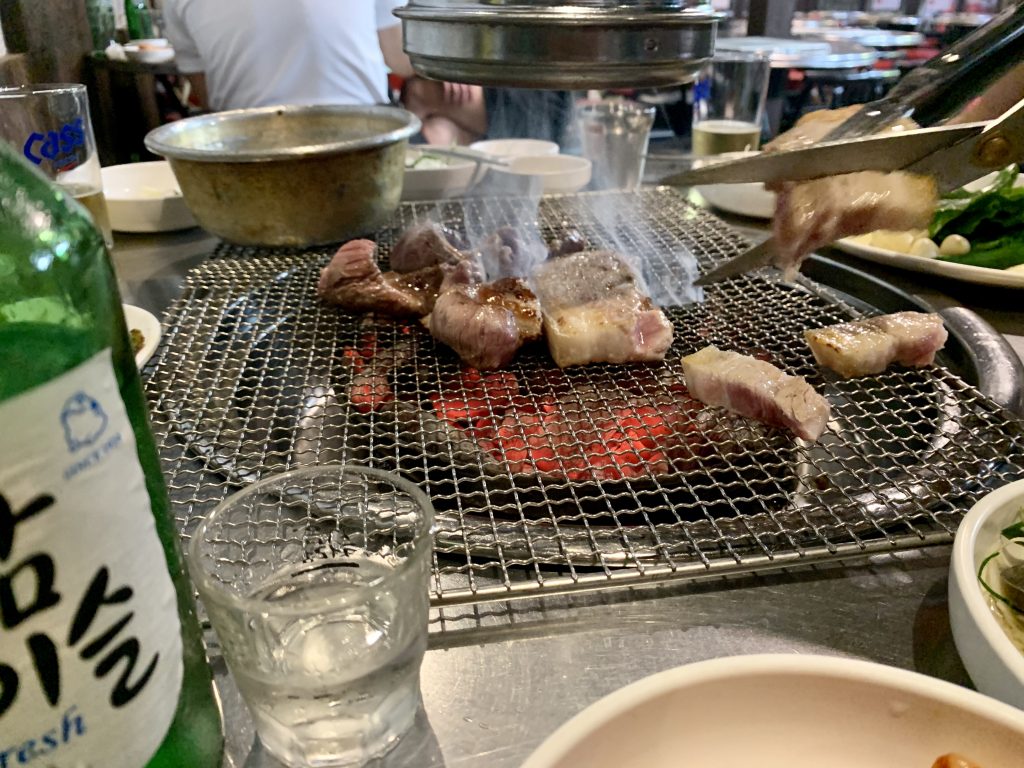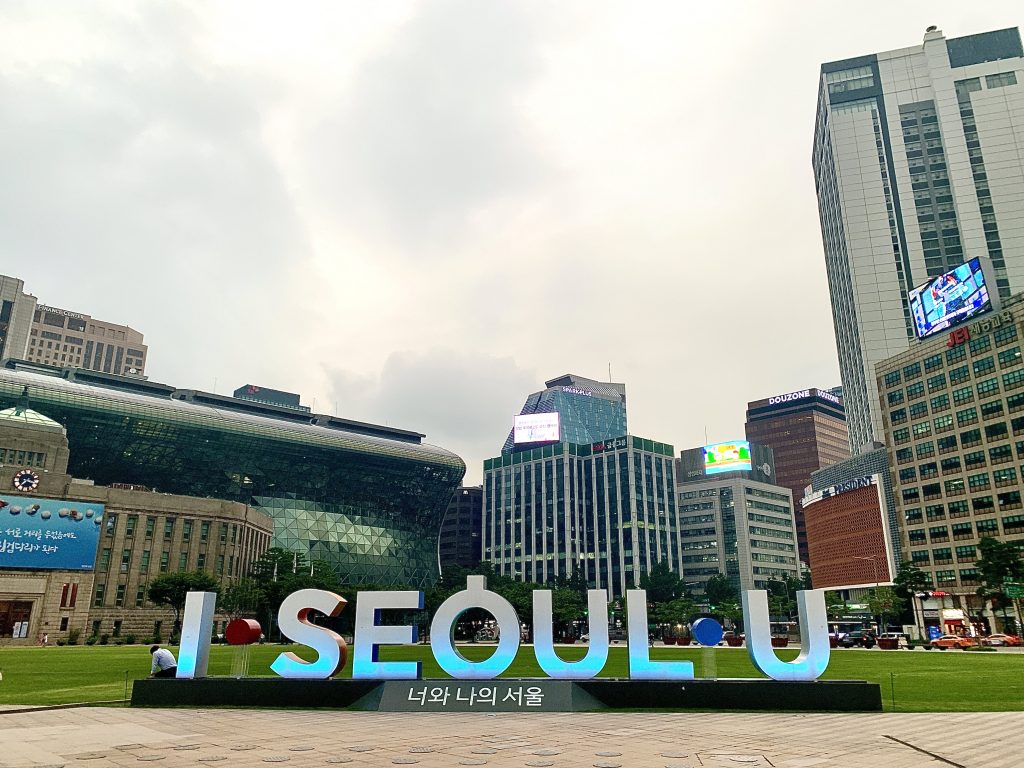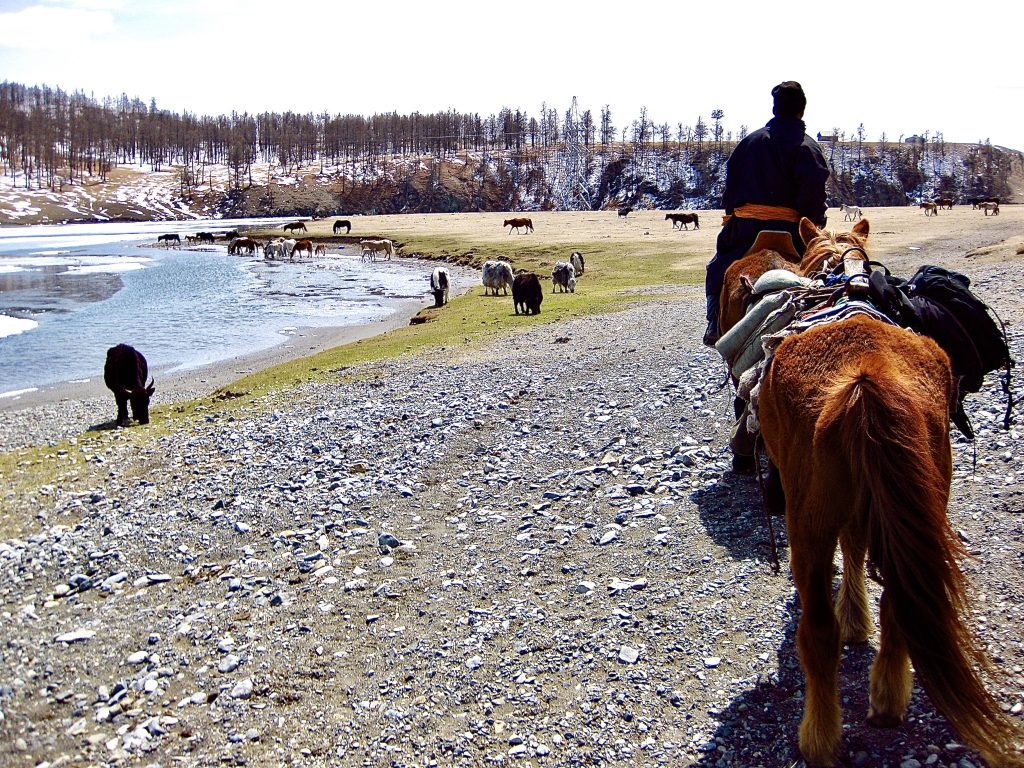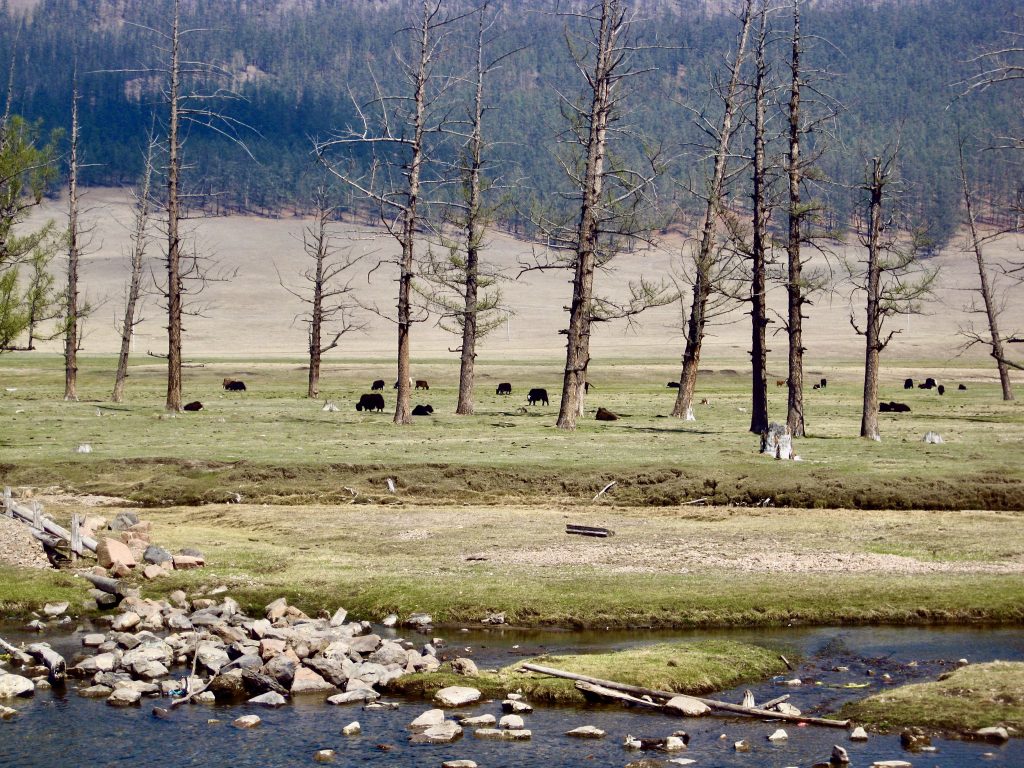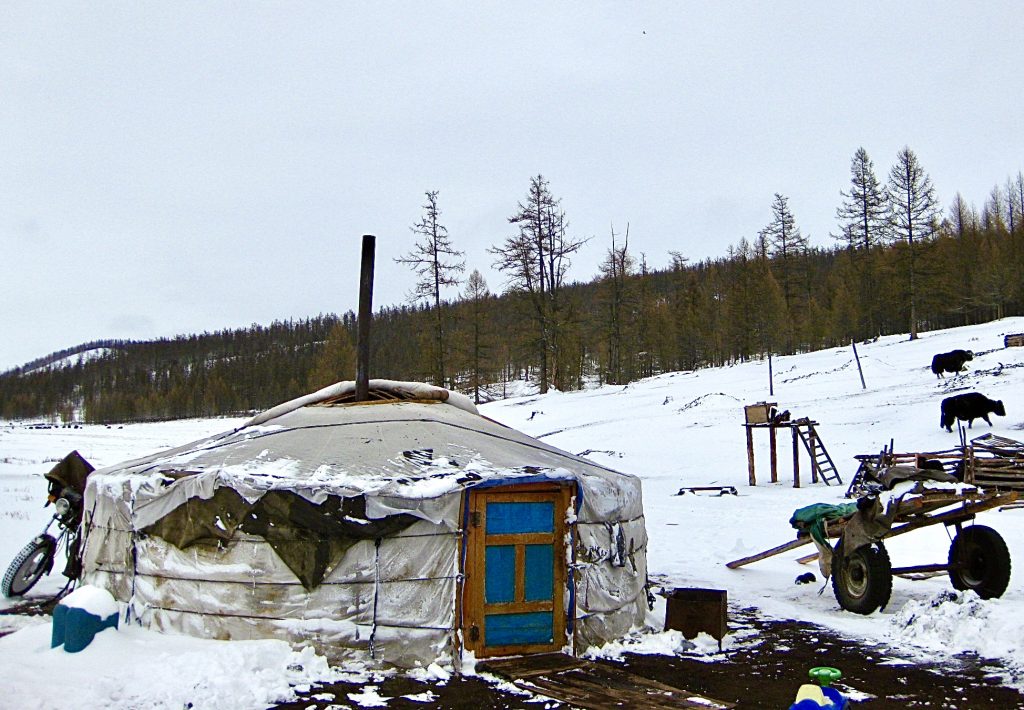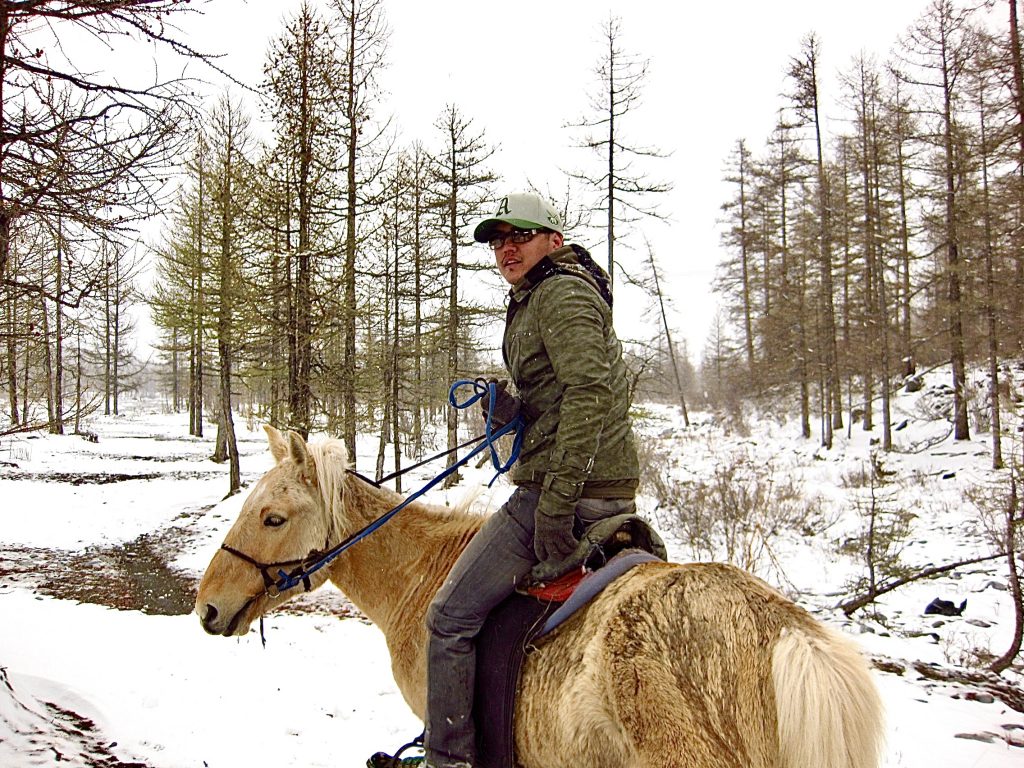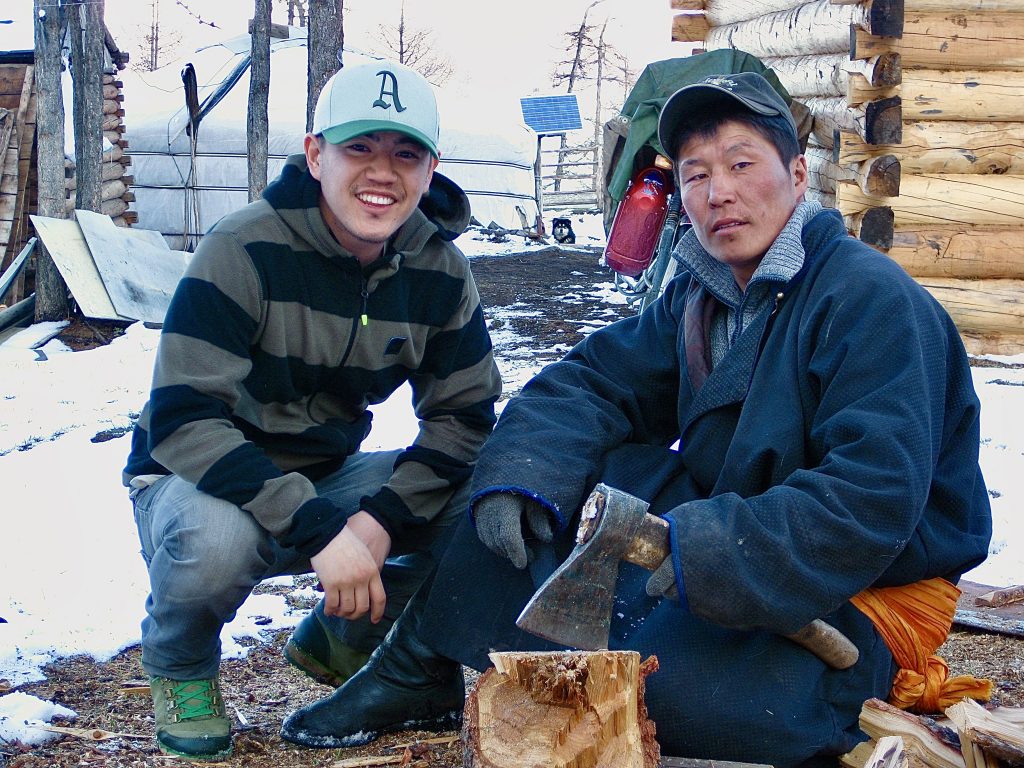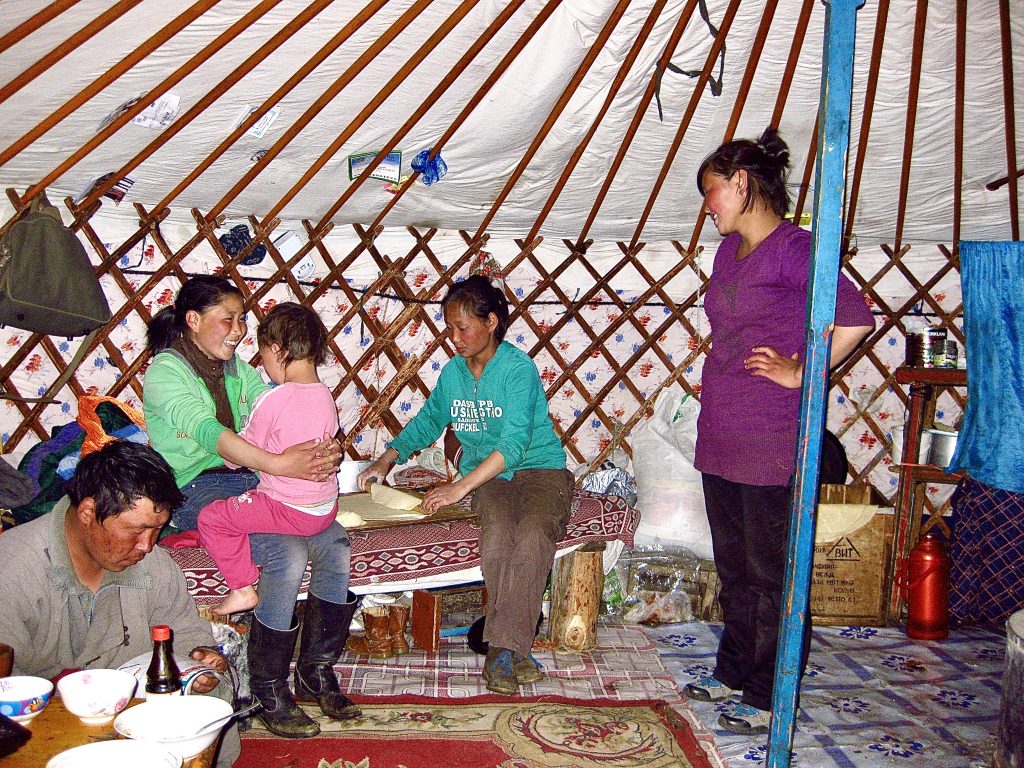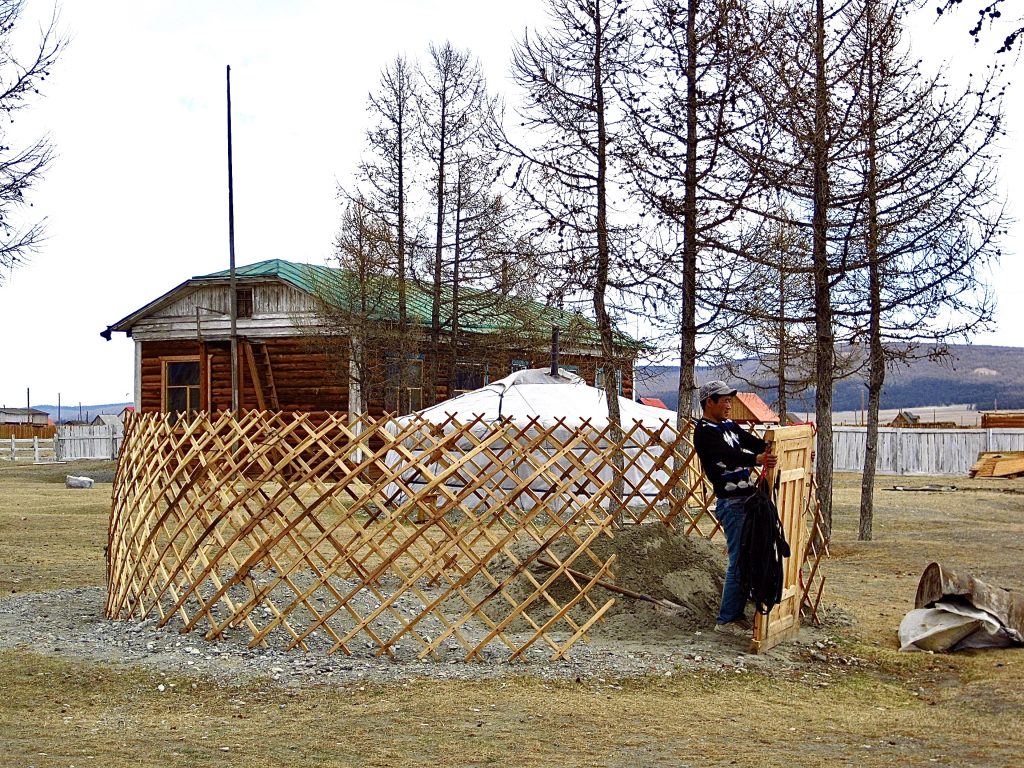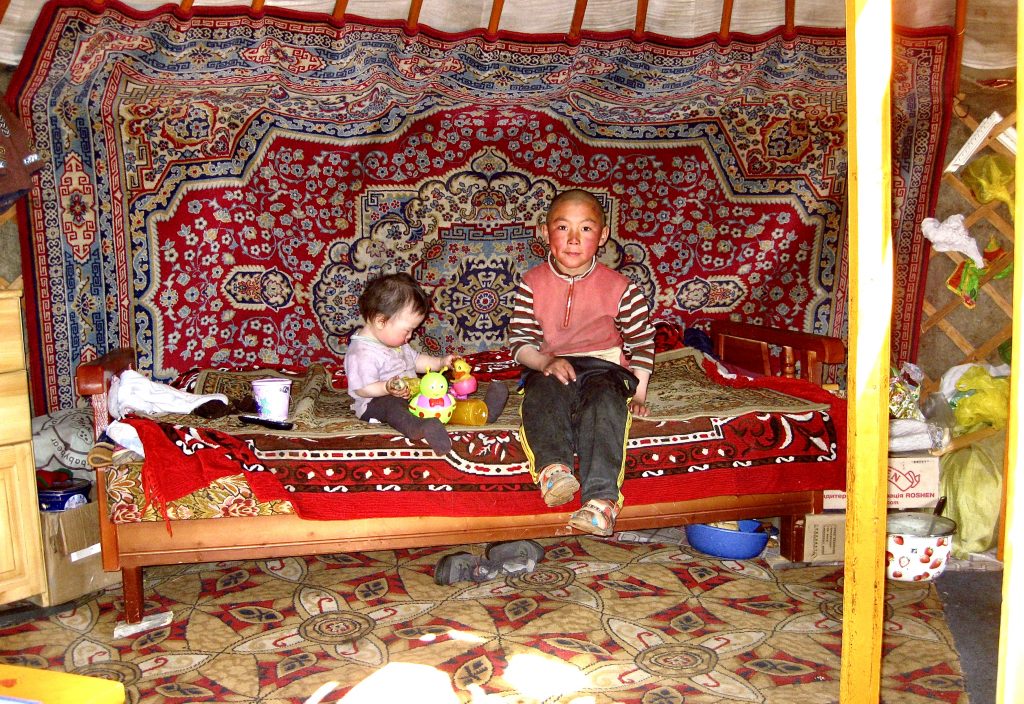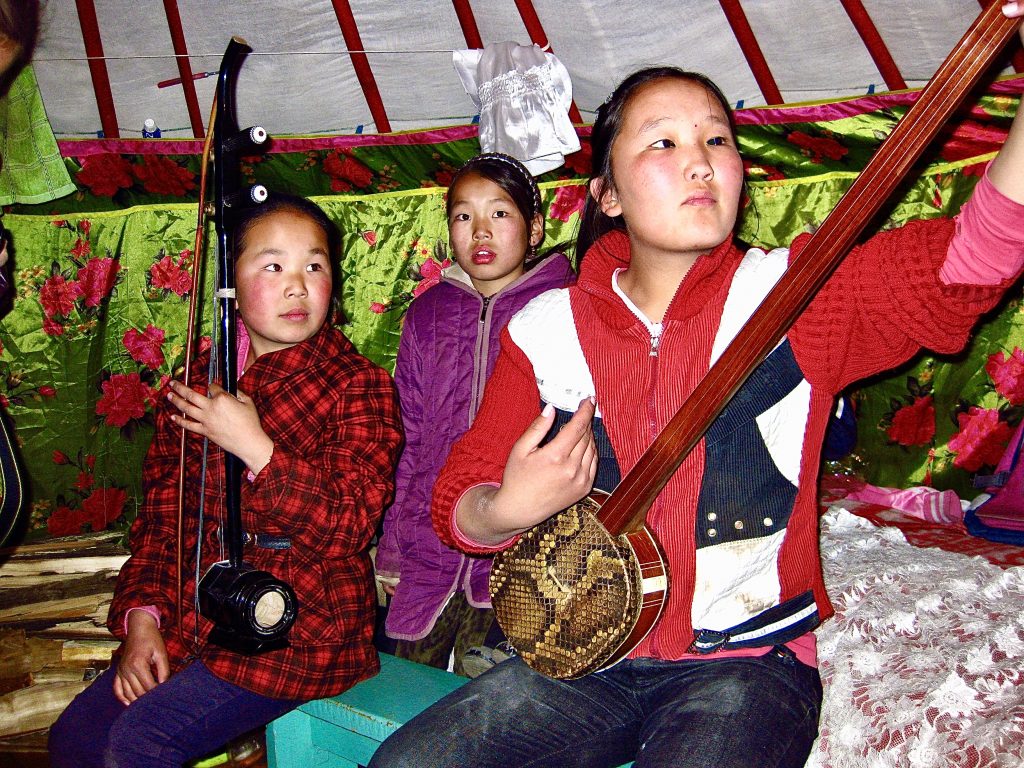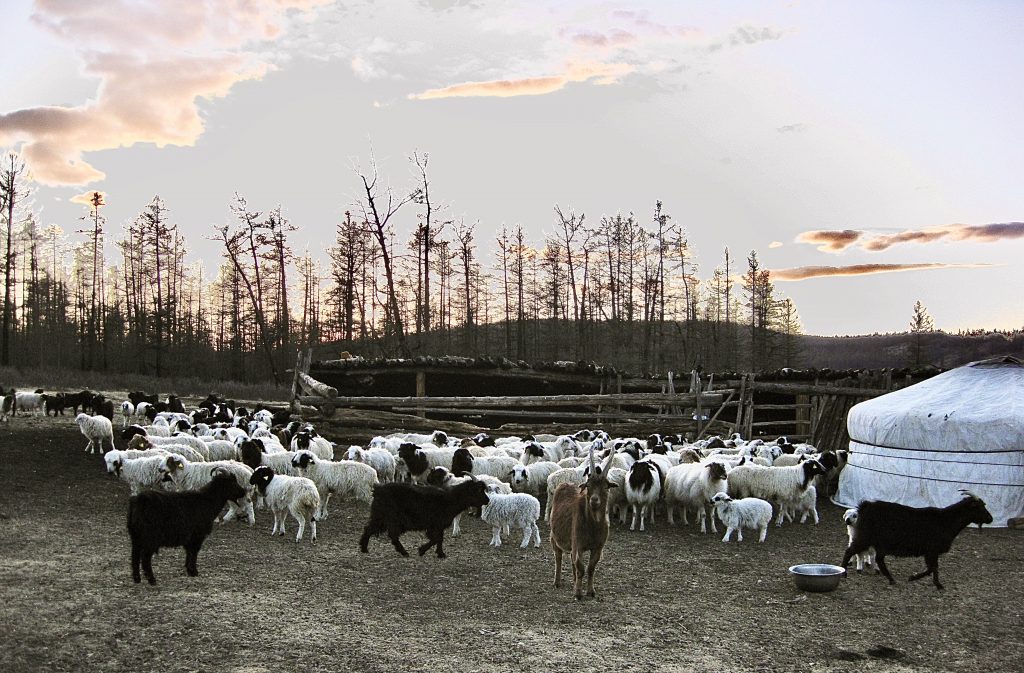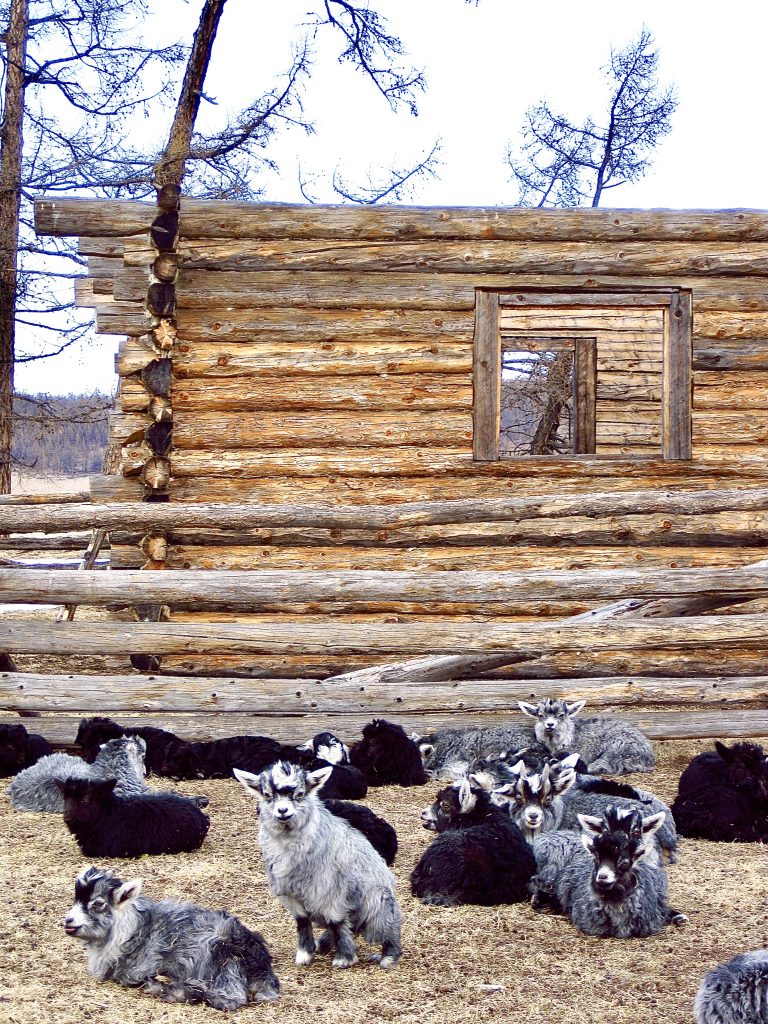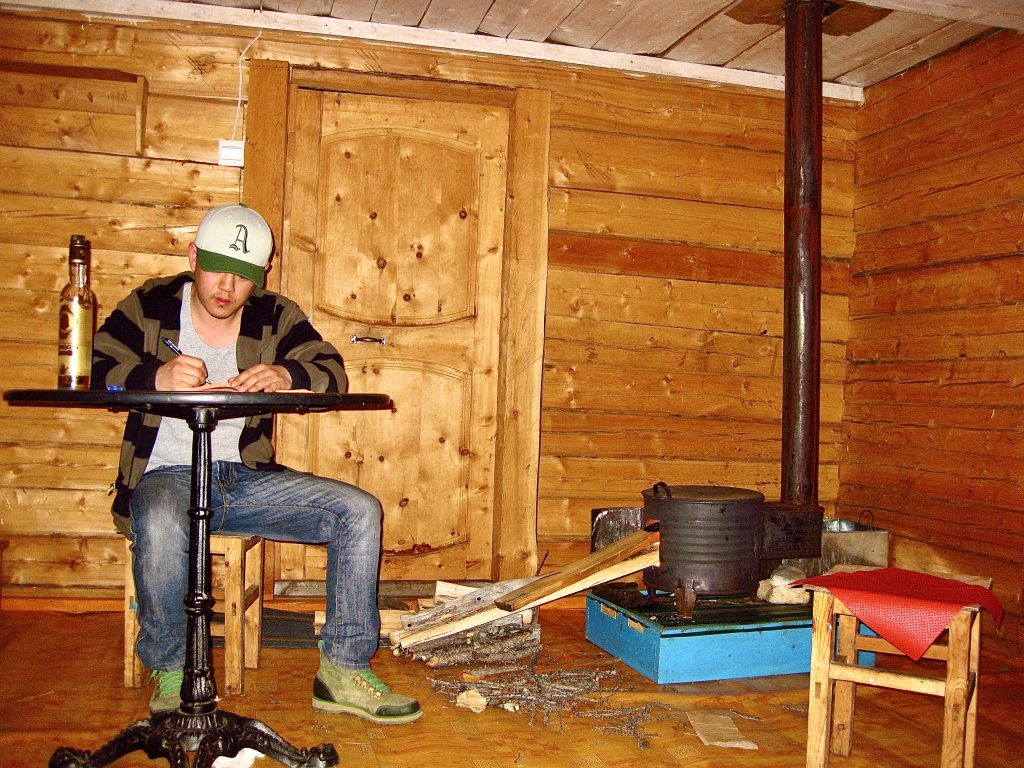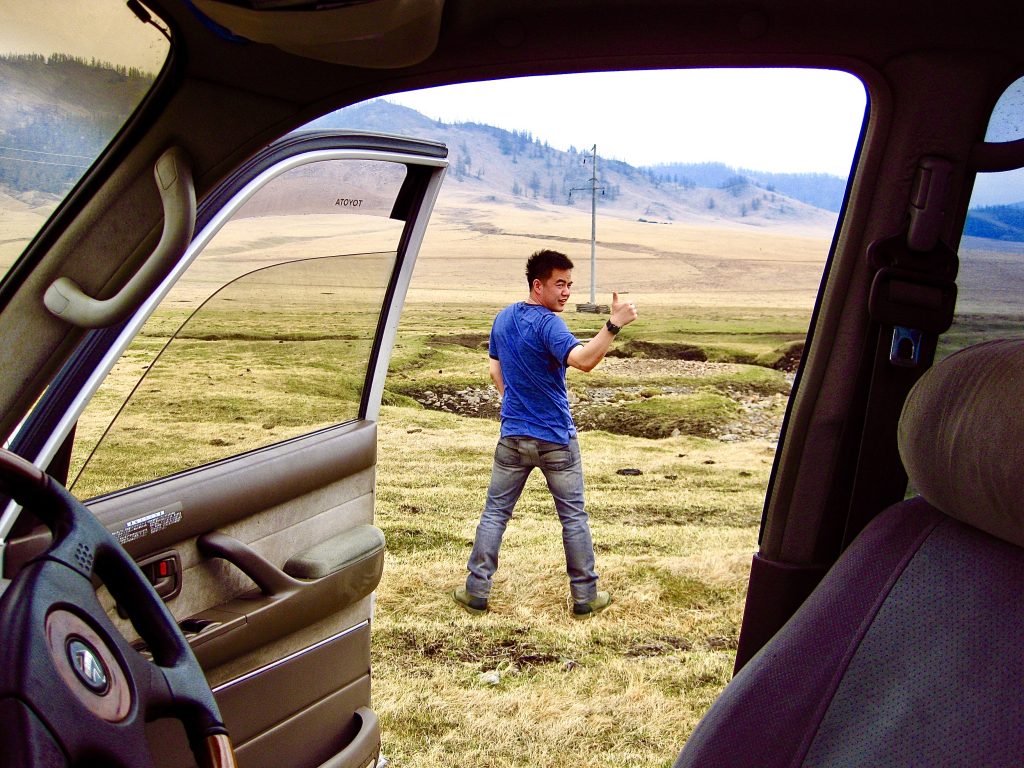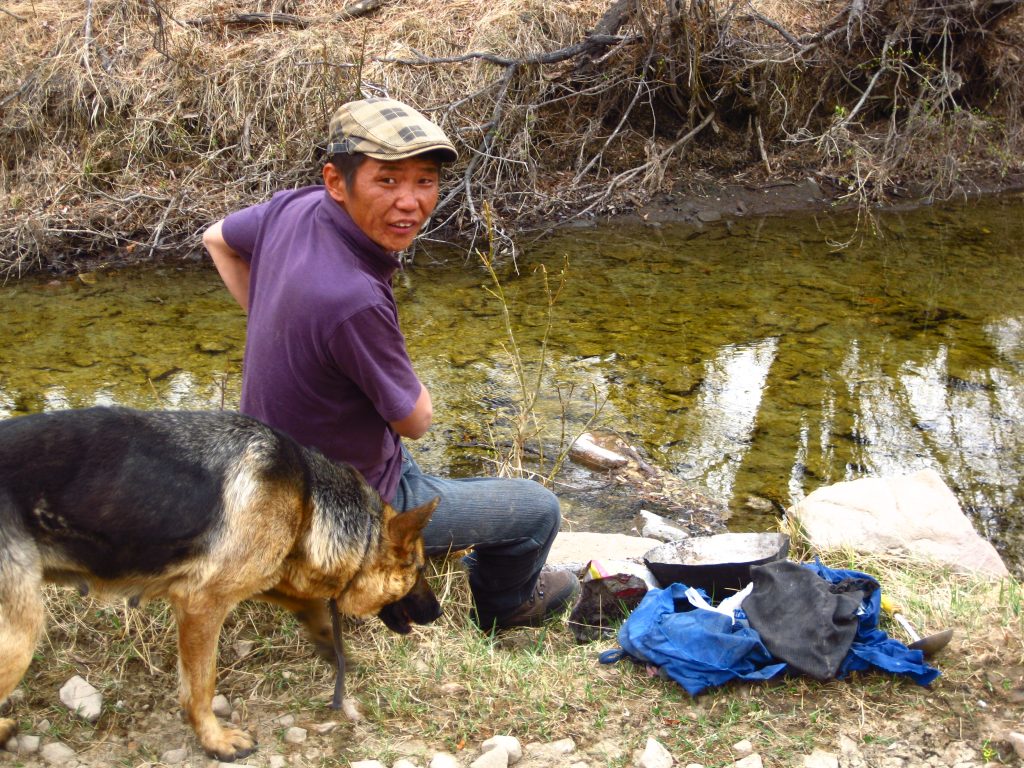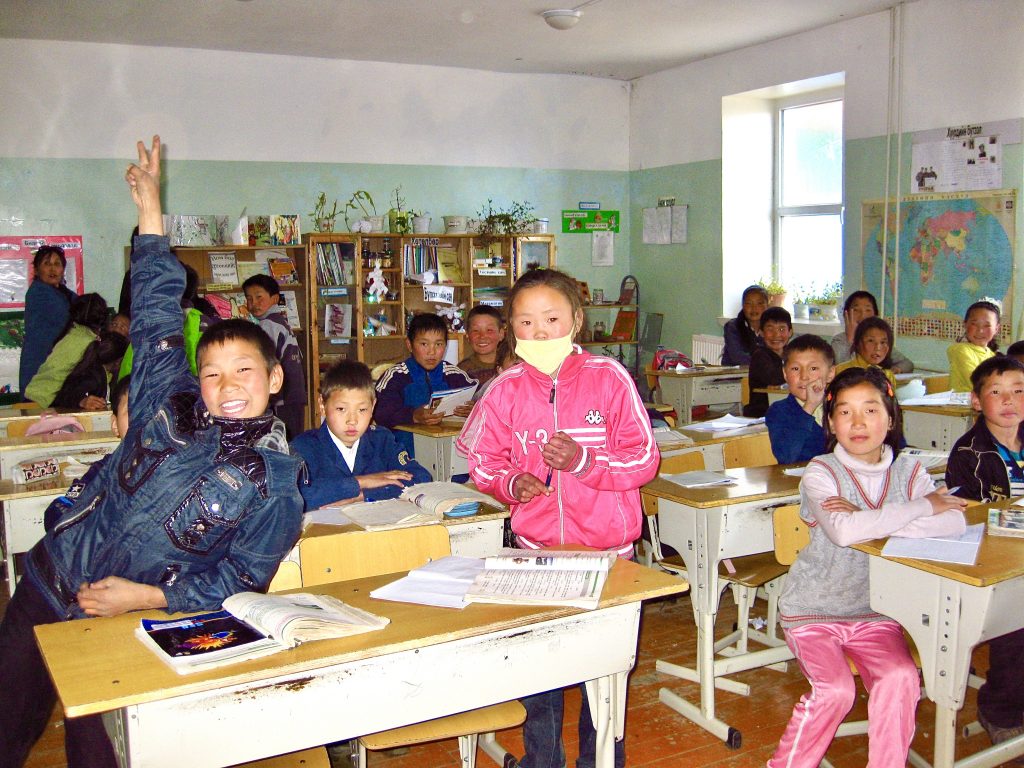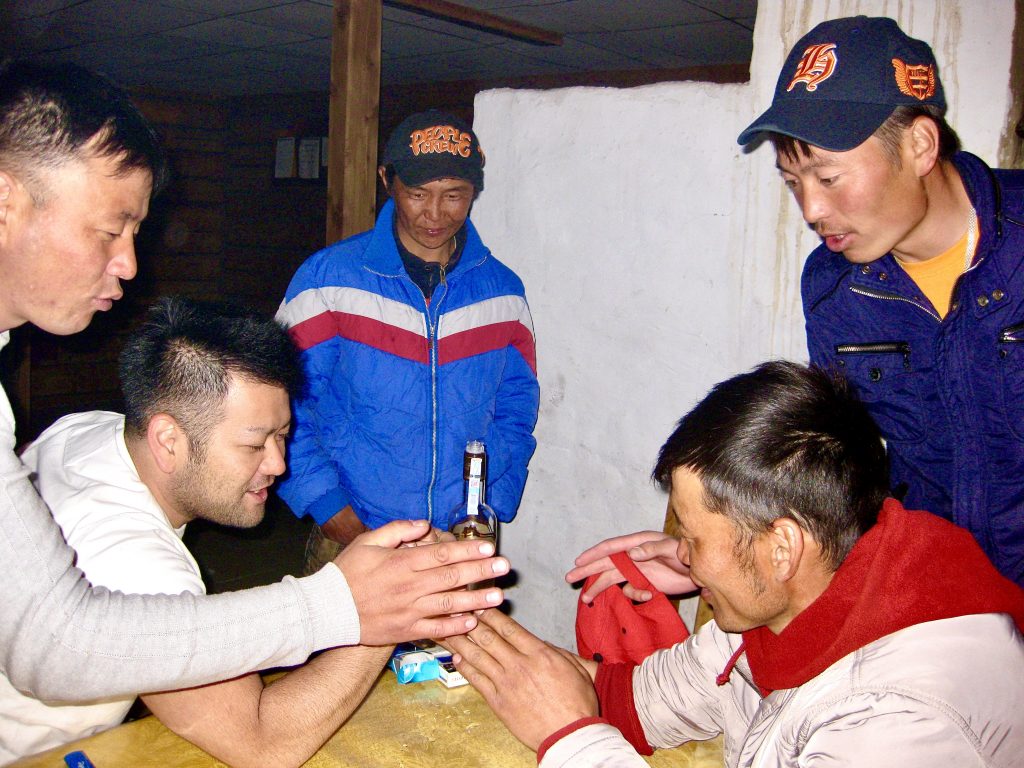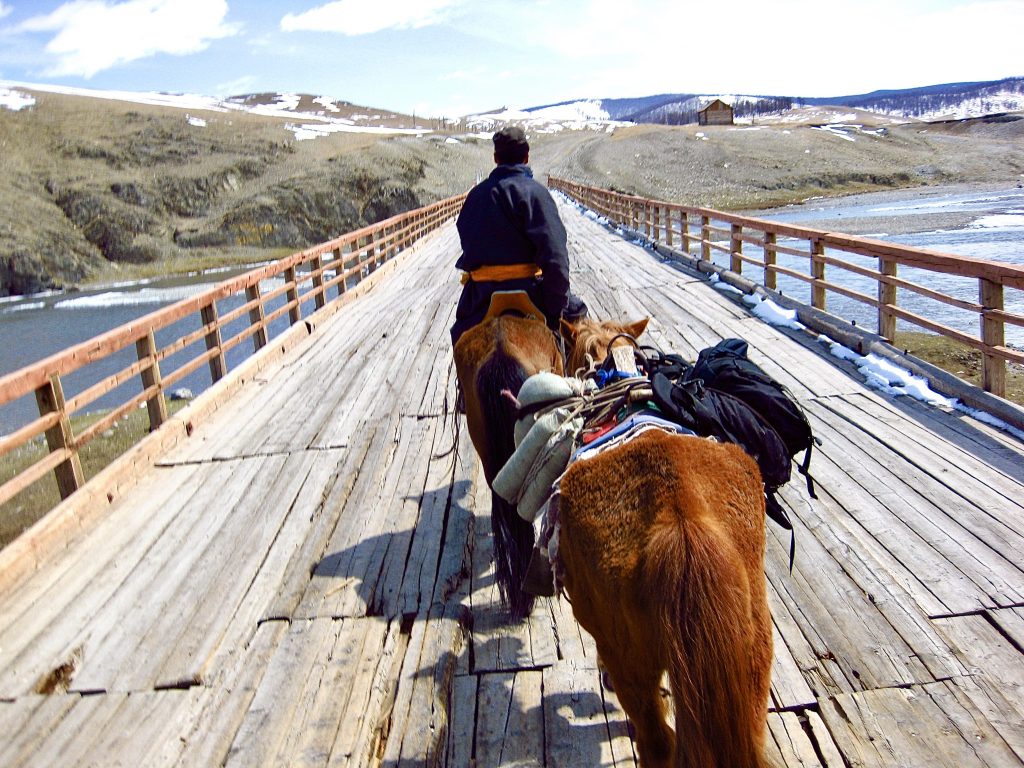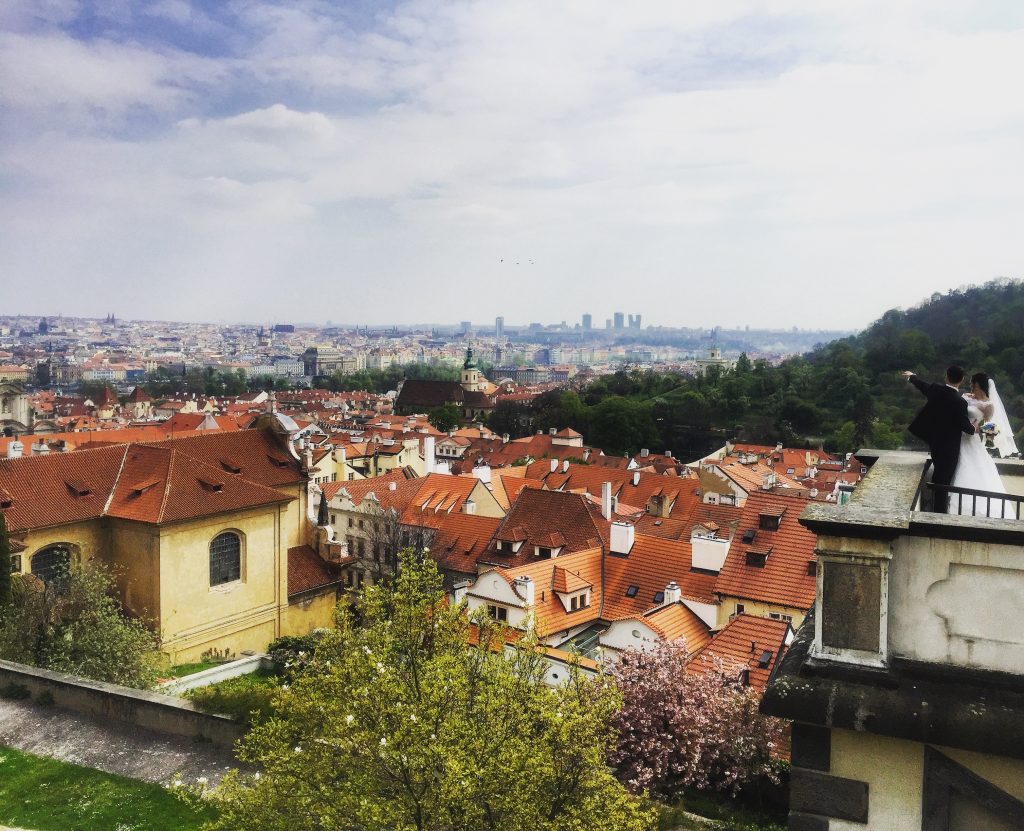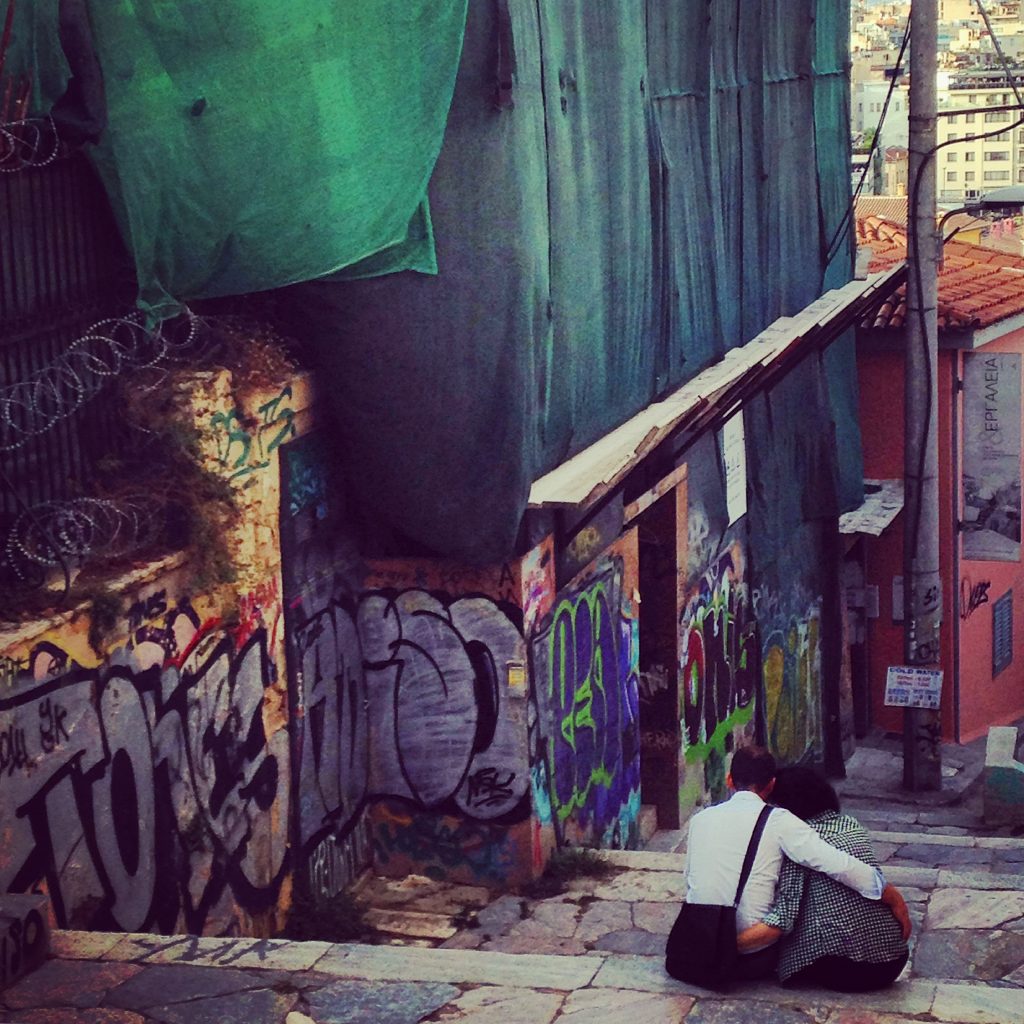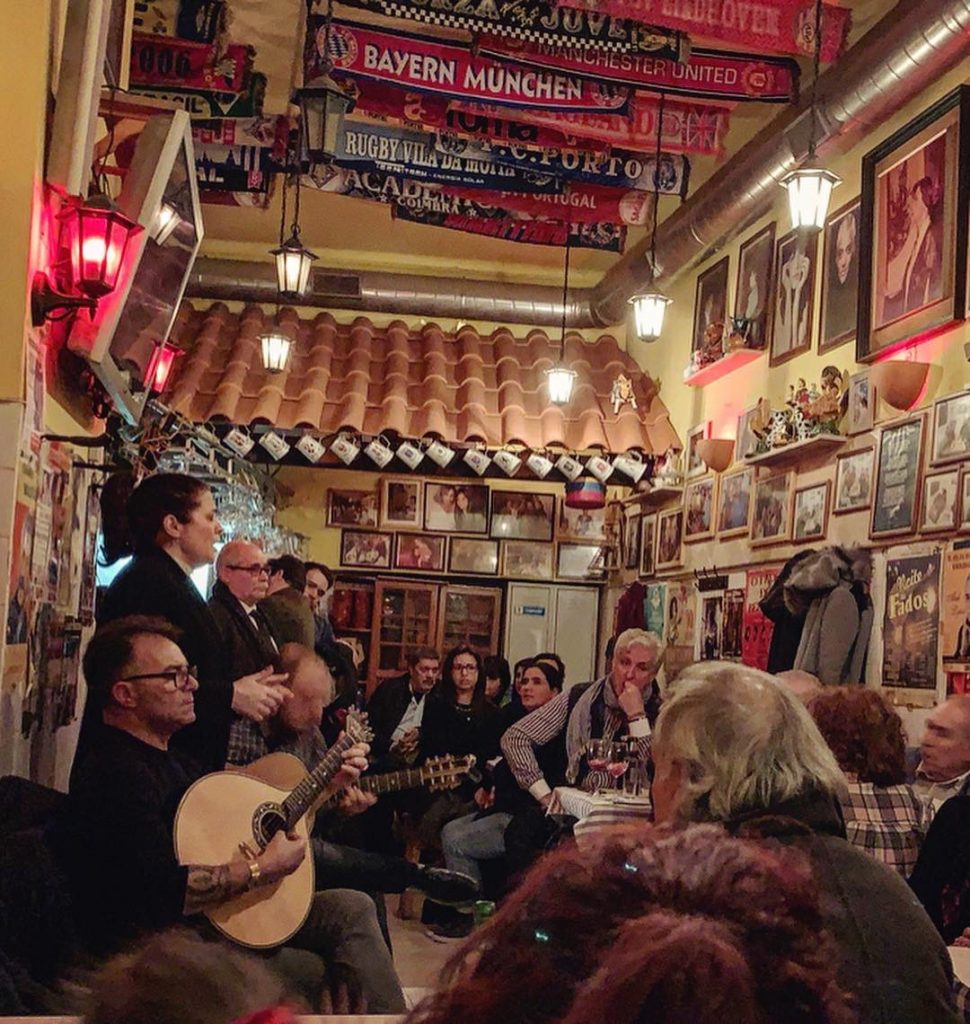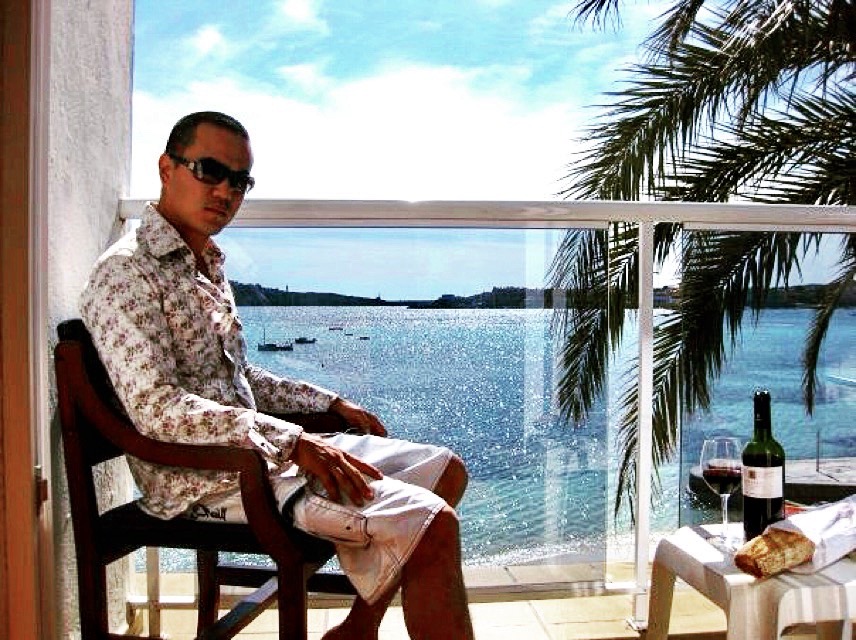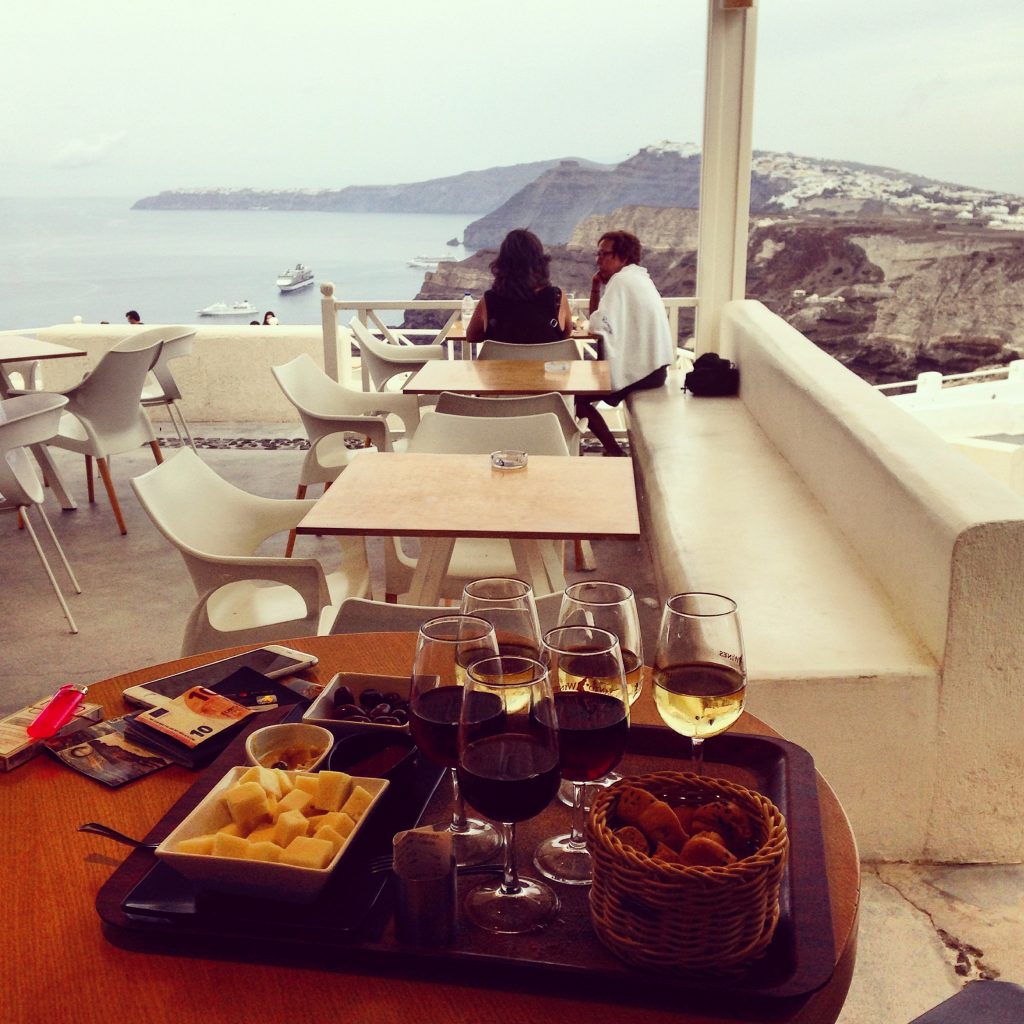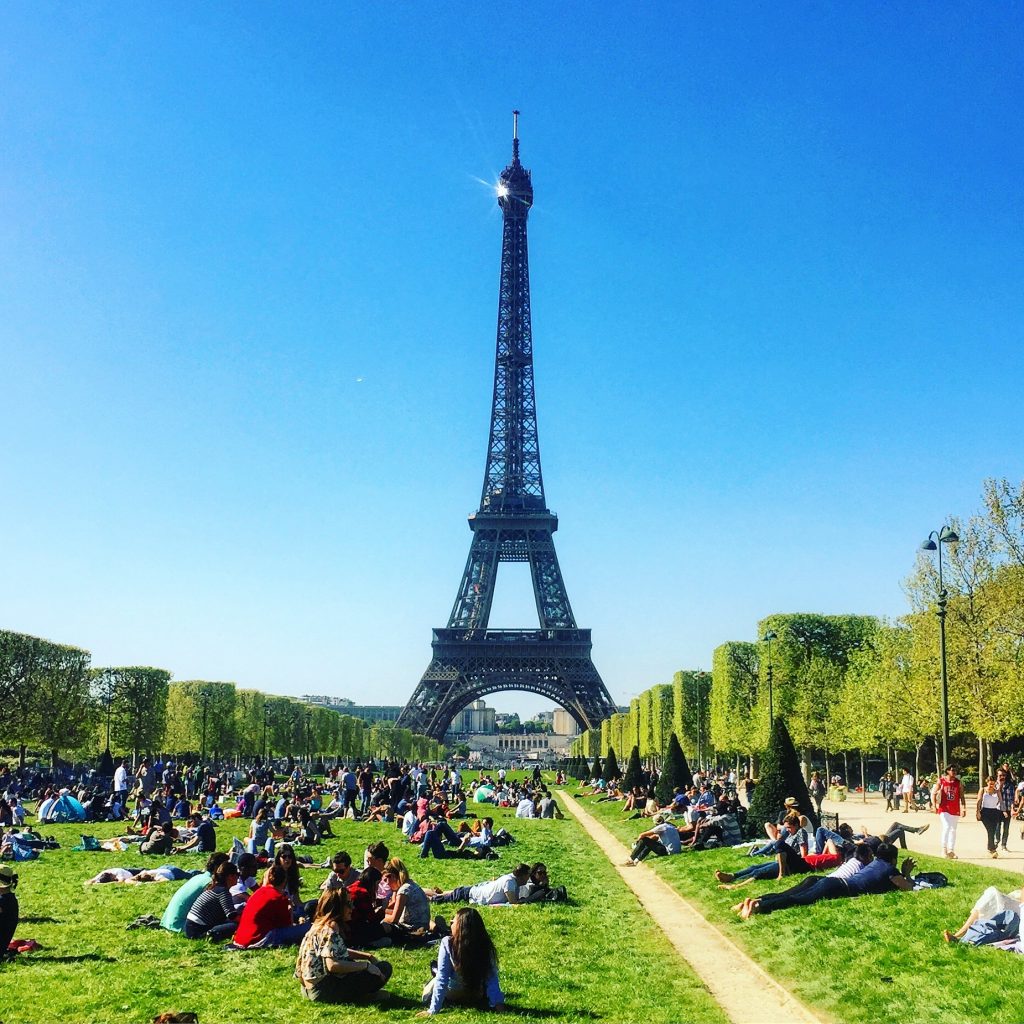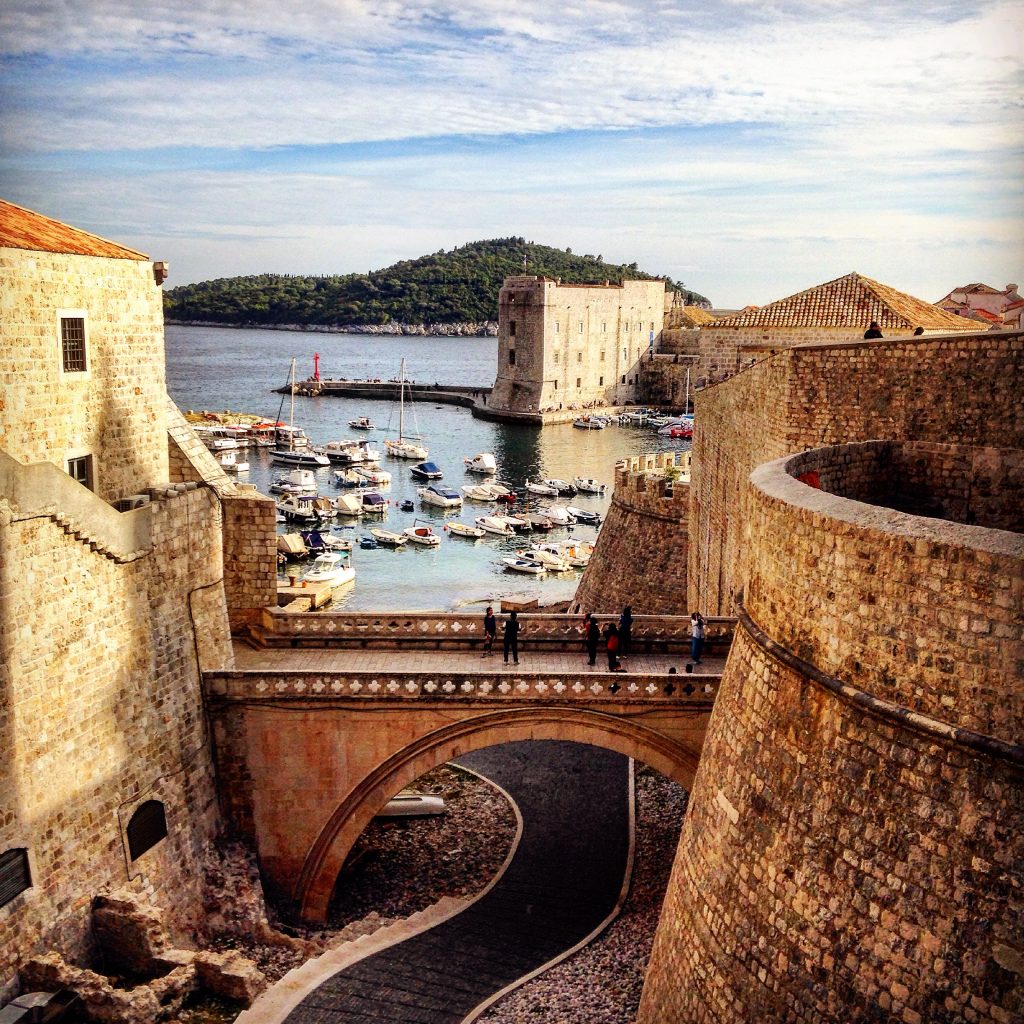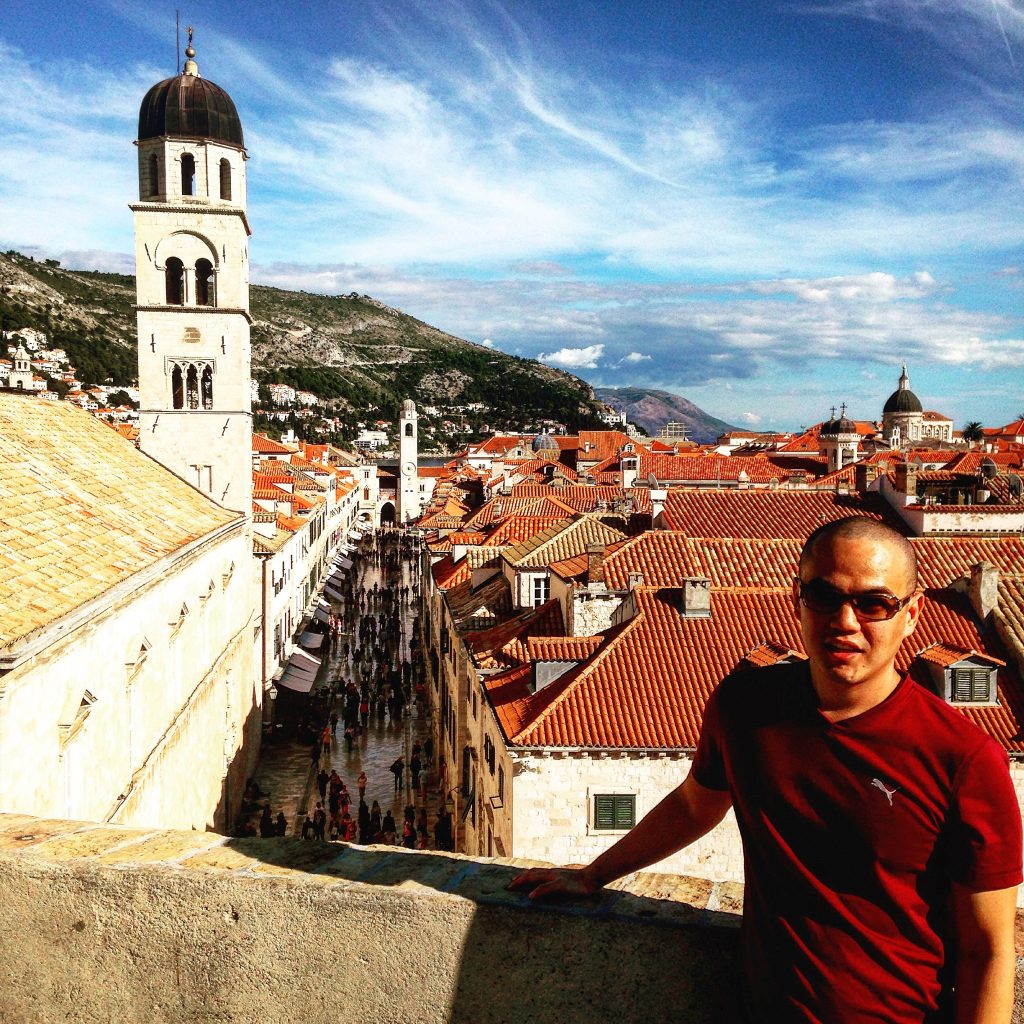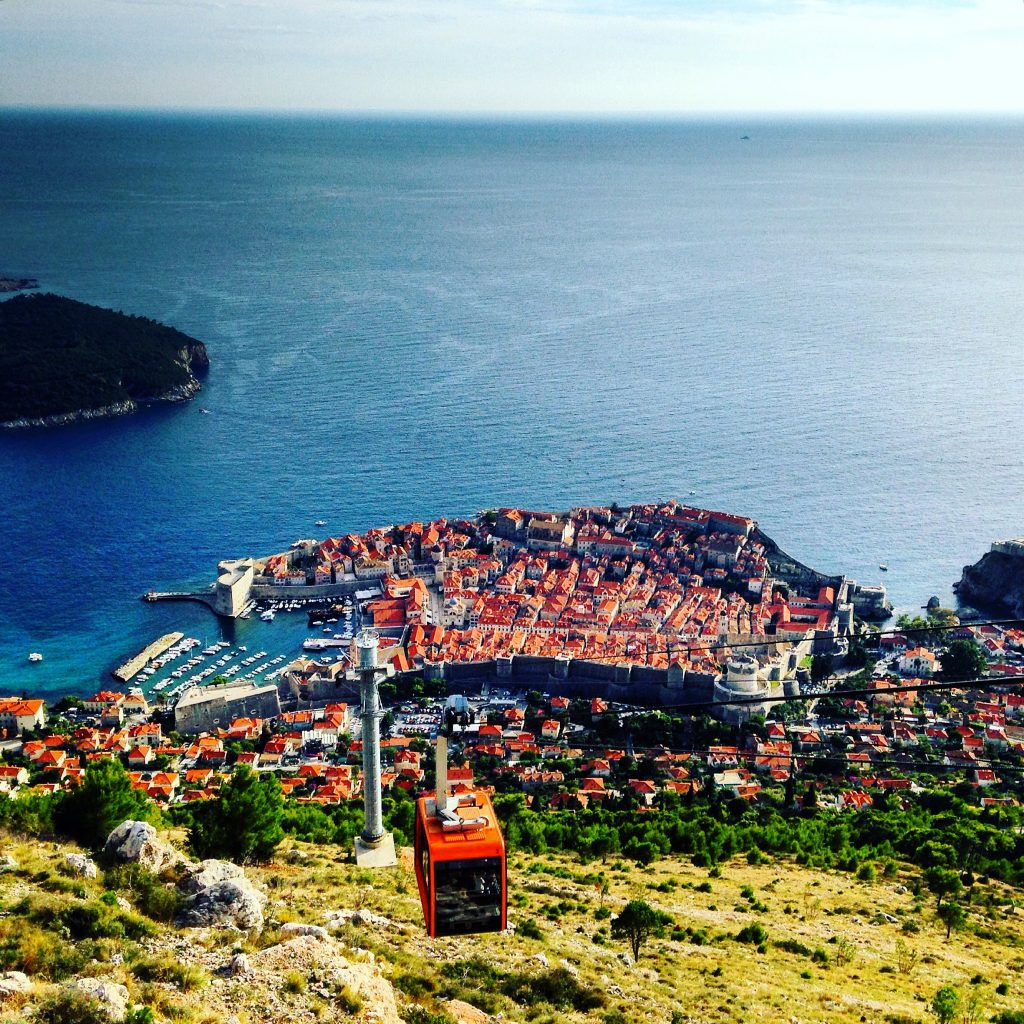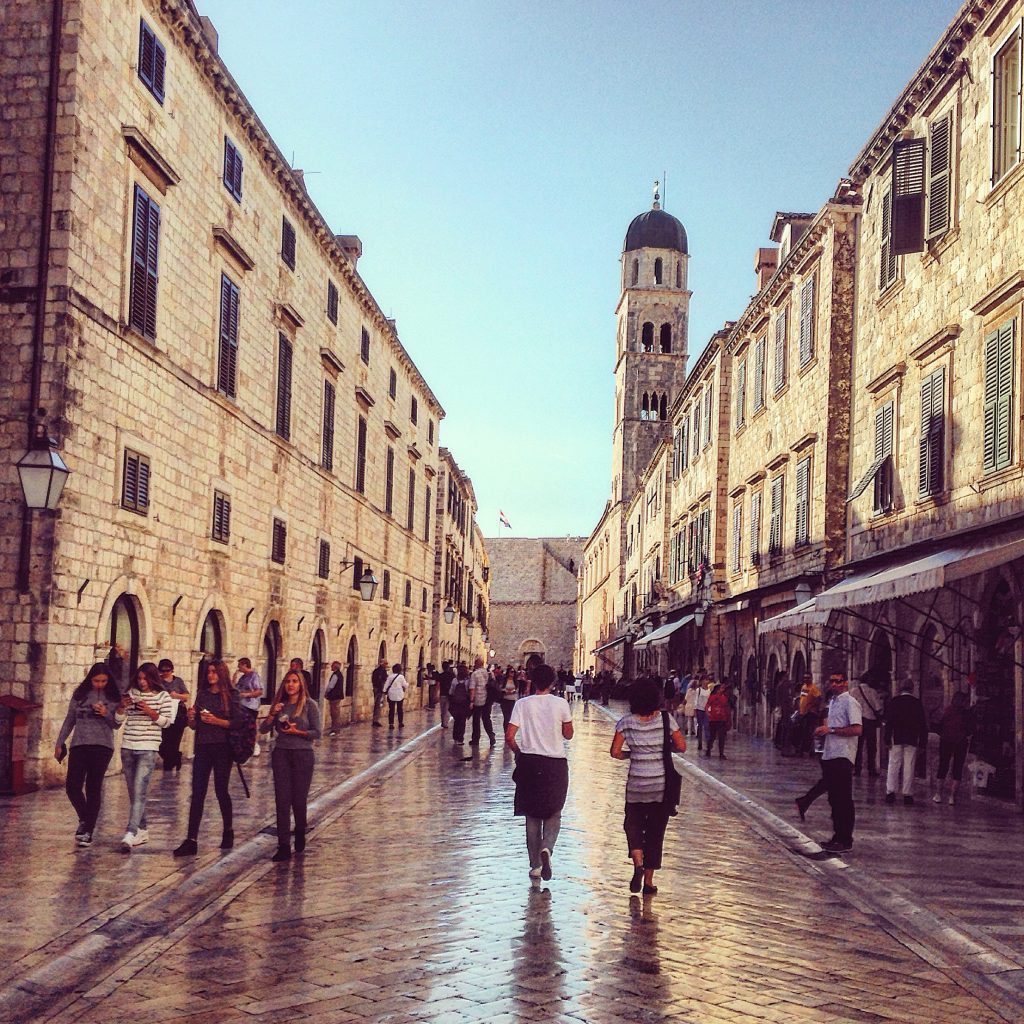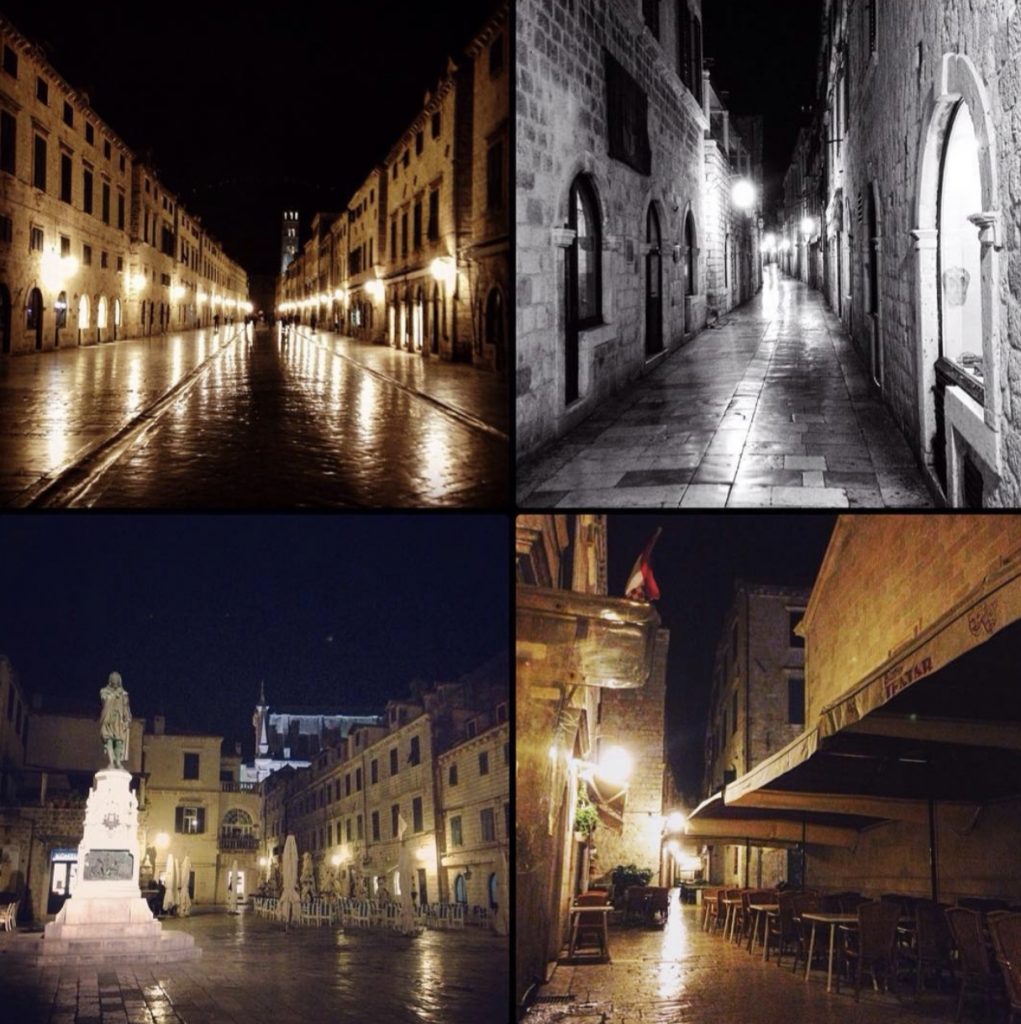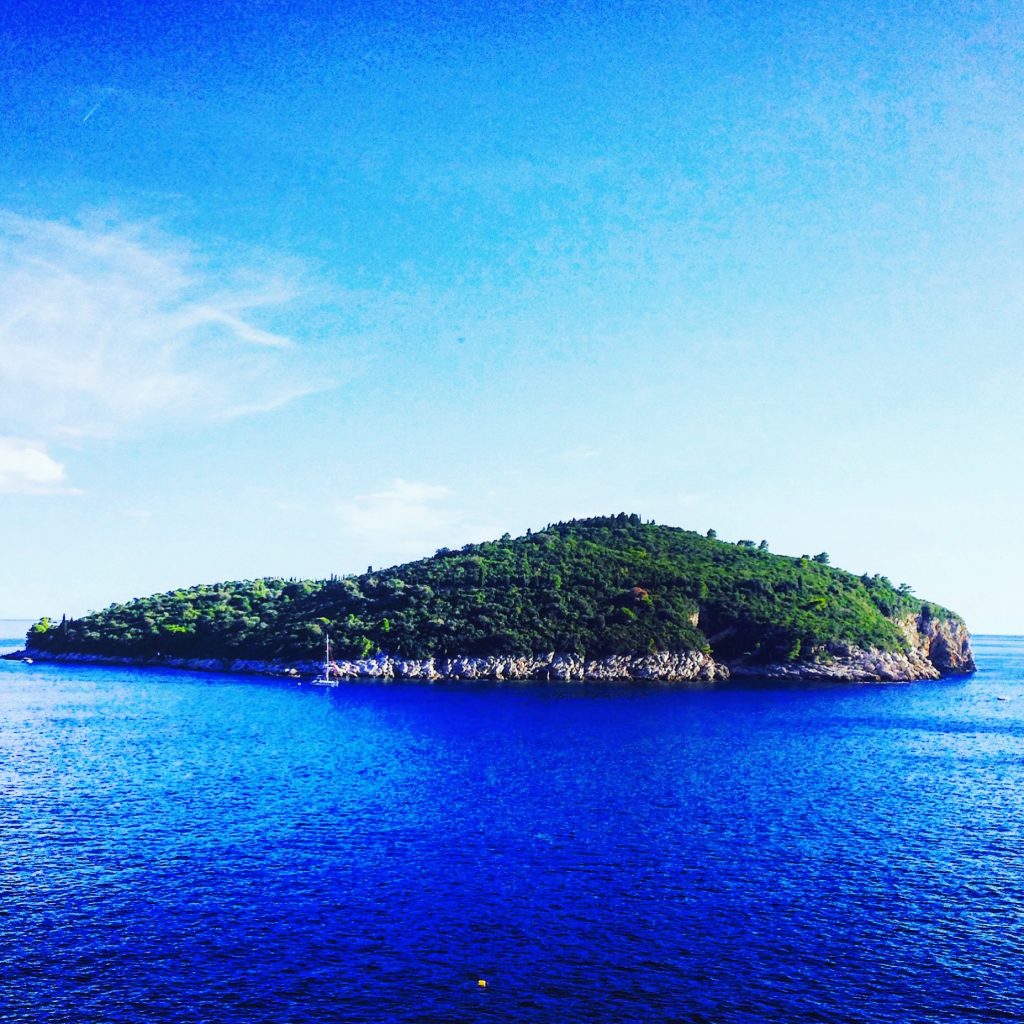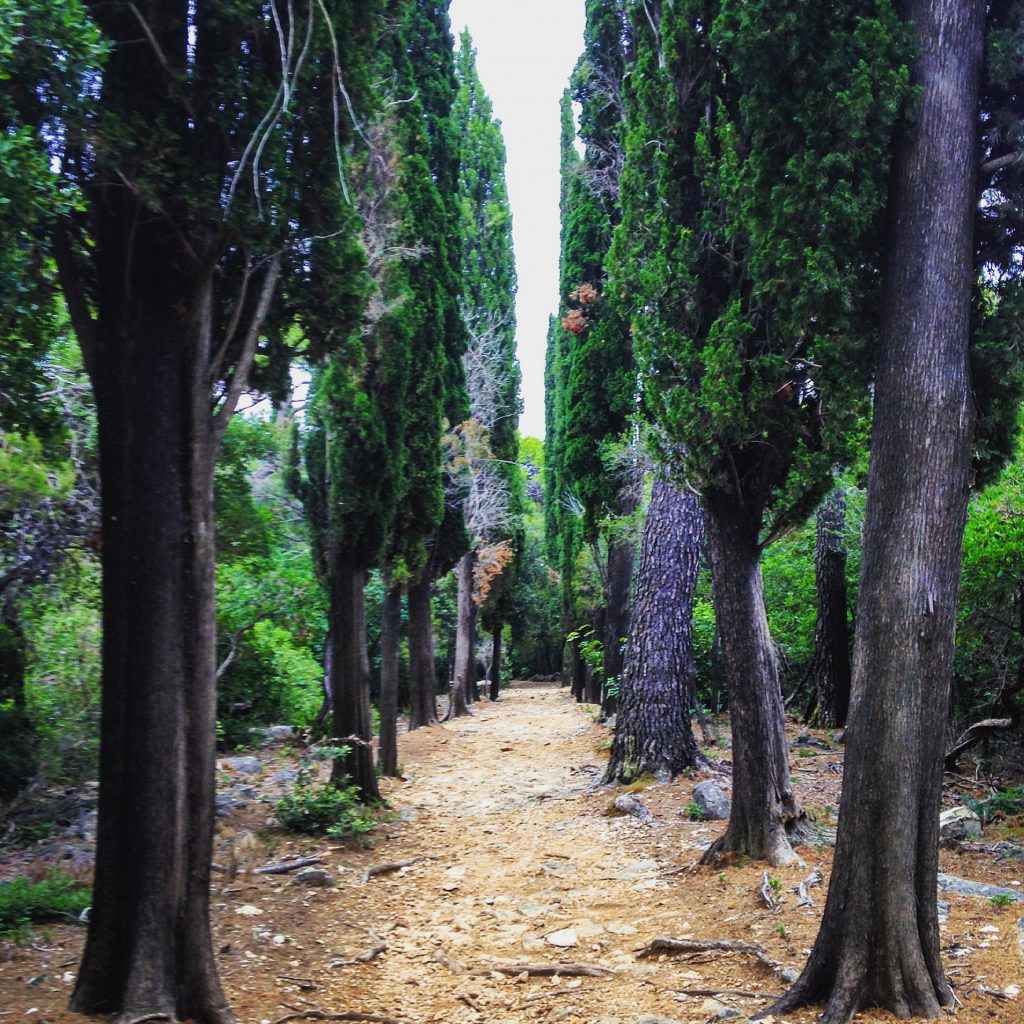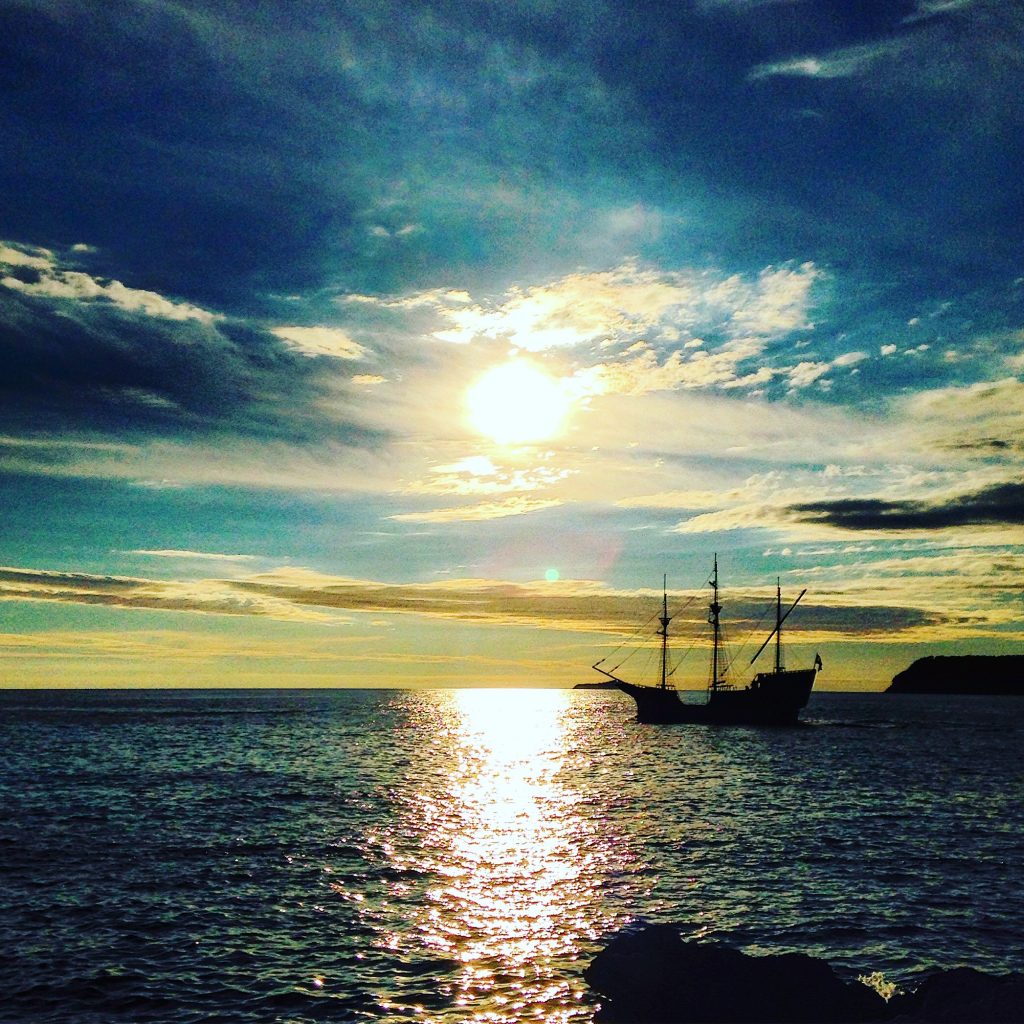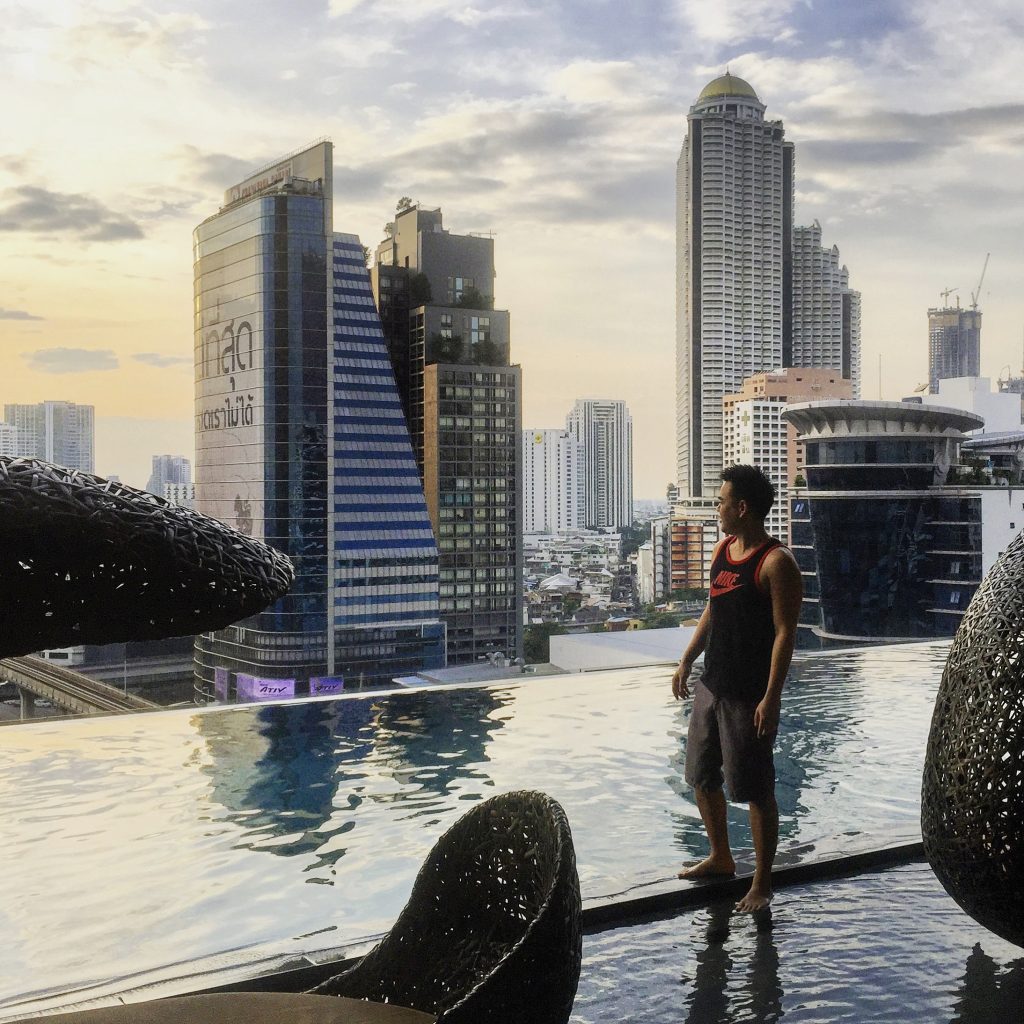
“As a forerunner, chase the path you’re envisioning as opposed to the steps which already exist.”
Starting in 2015, I have spent about a third of my year traversing various countries, spending about a month each in every new destination, with the remainder of my time split between Korea and Tanzania. It’s fitting that the first destination I describe is Thailand, which is ranked by many travel sites as one of the best countries for digital nomads, be it the cities of Chiang Mai, Bangkok, or Phuket.
So what is a digital nomad?
It’s an individual whose job is not location-dependent, enabling them to travel freely. The most typical professions are those in IT or other tech-related industries. As an education consultant, my path to becoming a digital nomad followed a circuitous route. I quit my job at the end of 2014 to spend a year visiting home (California) and to travel through Central America, Europe and Africa.
I enjoyed my job as an education consultant and really enjoyed living in Korea, but I could see the path ahead of me if I stayed this course: I’d eventually start my own company, buy an apartment, settle down, and pop out a few kids. Though this path is what many strive for, I felt stifled by it, as I wasn’t quite ready to give up on my greater aspirations. As someone intensely driven by adventure and purpose, I chose to quit my job to return to Tanzania to build a nonprofit school and hopefully become a writer.
I found this path far more appealing and suitable to my taste, although my family strongly disagreed (which is natural). At heart, I think to each his own and you have to chase the path you’re trying to create rather than embracing the one that comes most natural.
That sentiment captures the ethos of a nomad and, as proponents like Elon Musk state, if we really are living in a simulation than shouldn’t we approach life as a game? In no video game do you end from where you started; the epic and tales reside in the journey. And, so it is, in my thirties I chose to journey.
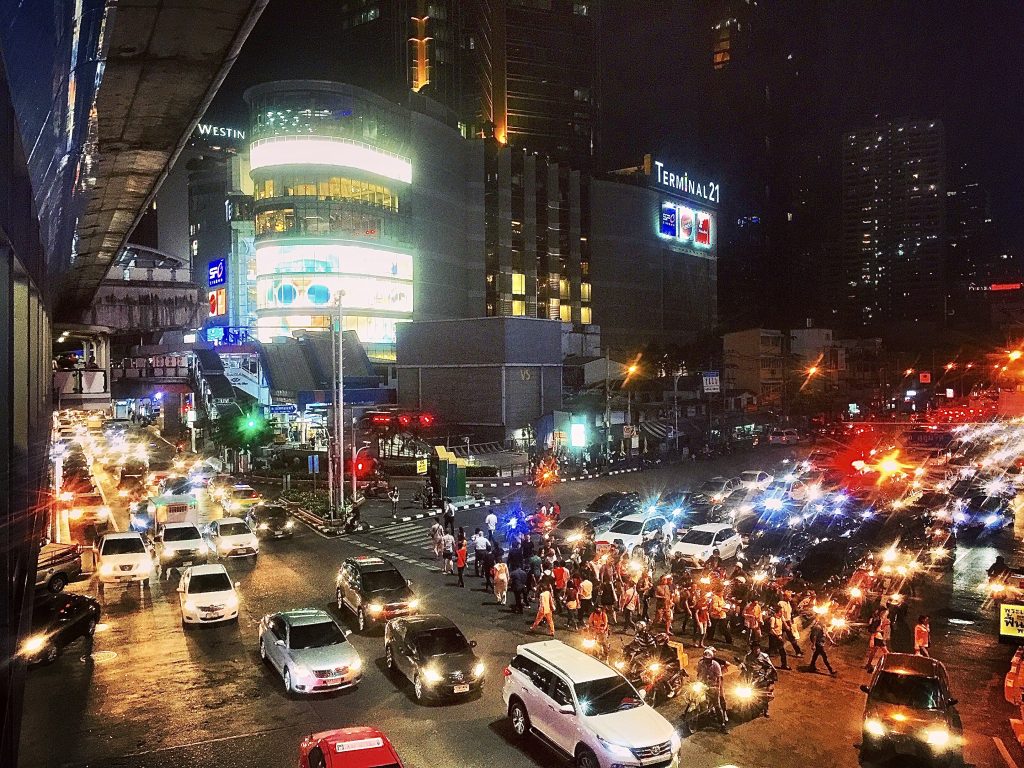
As I immersed myself in my travels, the companies I used to consult for became more open to my proposal of working online. Sometimes, you need to make the leap yourself for others to believe in the concept. Other times, quite frankly, they may not have a better alternative. Either way, go in the direction you want. These companies will still likely exist in a decade whereas my youth will not.
Regarding Bangkok itself, I had no specific reason why I chose this location. I was running out of options to be honest since I had by then (2017) visited the countries I wanted to check out. Having read so much online about the digital nomad lifestyle out here though, I felt I needed to revisit it from when I first vacationed here in my early 20’s.
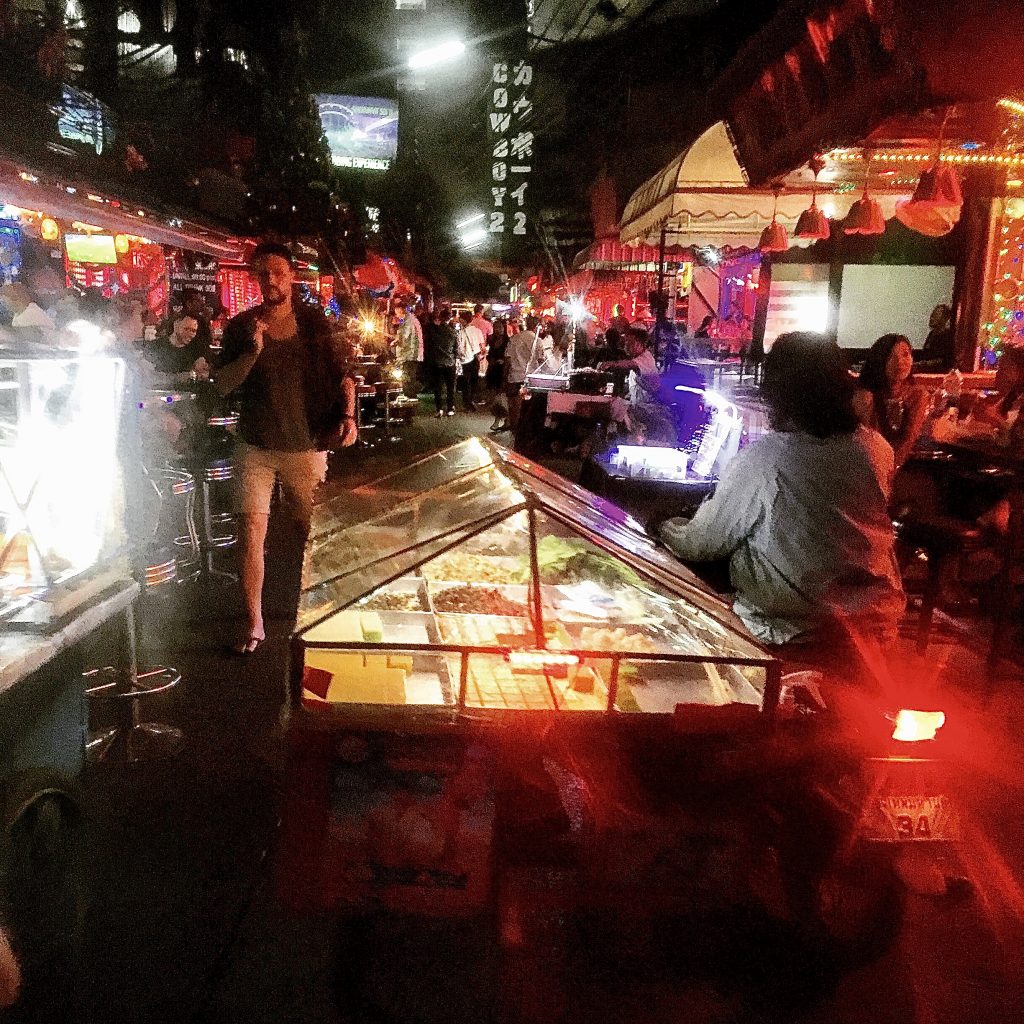
The best word I can use to describe my lifestyle in Thailand is comfort. Thailand’s very comfortable for foreigners to have a longer stay in. The tourism infrastructure is great for travel, the cuisine is delicious, prices are affordable, the weather is generally favorable, the locals are friendly, it’s easy to meet fellow nomads, massage therapists near every corner, and the nightlife is entertaining.
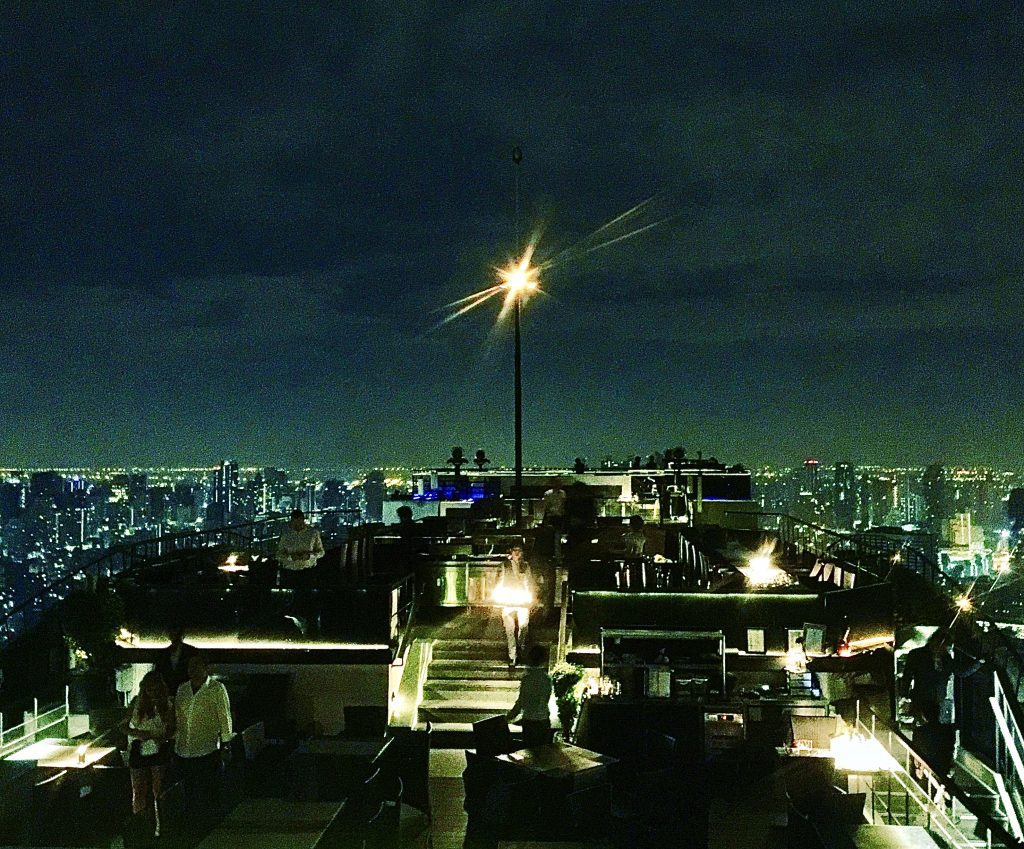
There are several cafes and hotel lounges which offer you a great Wifi connection and a quiet atmosphere when you want to work.

Between my experiences, I’d recommend working from the city’s hotel lounges, as these spots offer a better atmosphere and less people.
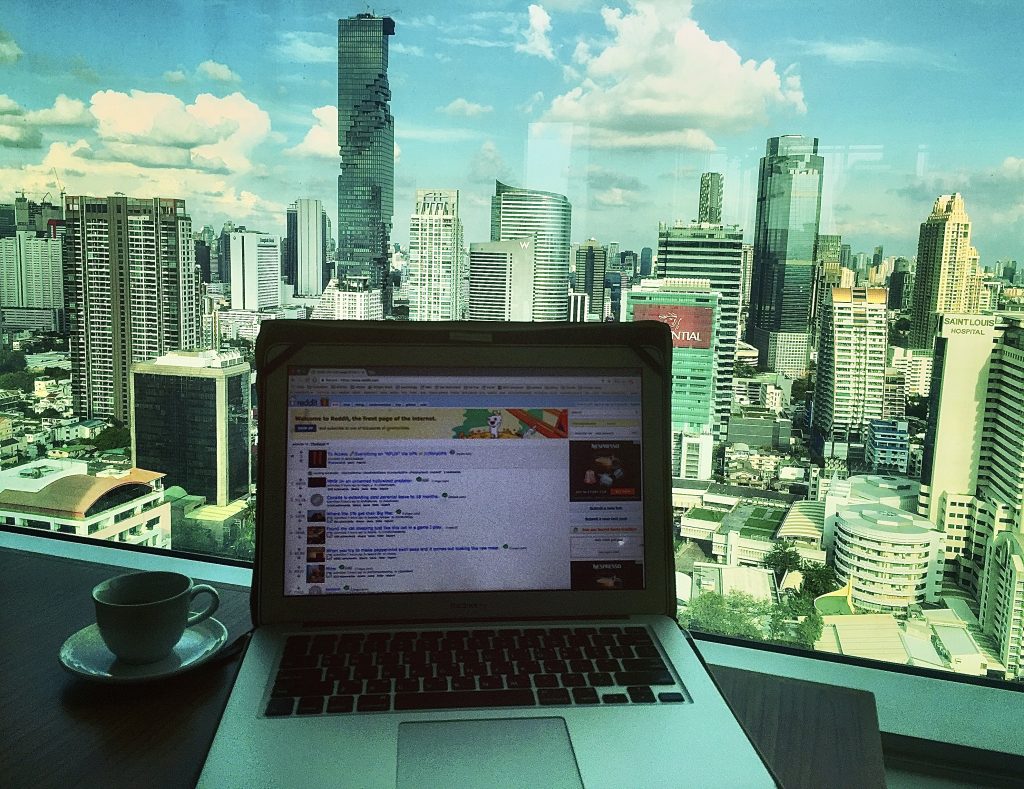
I feel that locals and tourists alike have an aversion for visiting hotels they’re not staying at, which is a shame since these places offer the best views and ambience.
In Thailand, the prices are relatively affordable for a meal or drink wherever you go, and if you need to work for a few hours, the return on value is more than worth it.

I am by no means a foodie, but if there are two countries which I can strongly recommend to visit when it comes to cuisine, it’s Japan and Thailand. The former destination gets expensive while the latter is unique in that the street carts are just as good as the five-star restaurants.
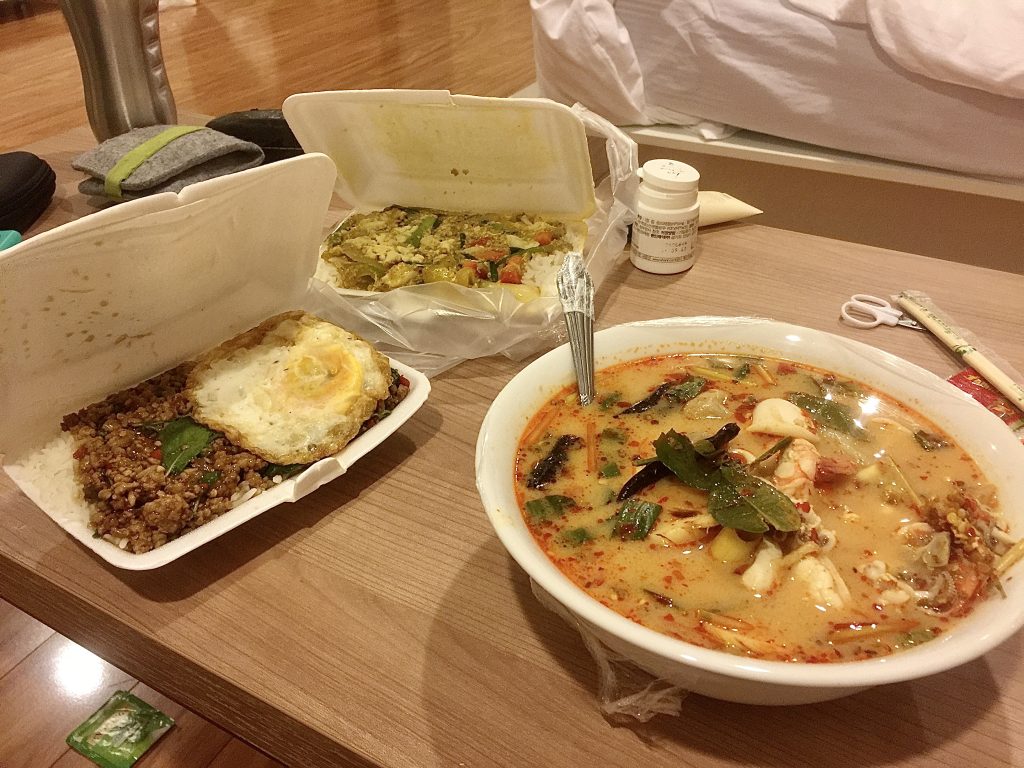
Tom Yum Soup became my go-to meal by the end of my stay, and Thai food is overall delectable for its varied spices, pastes, herbs, veggies, curries, and seafood.
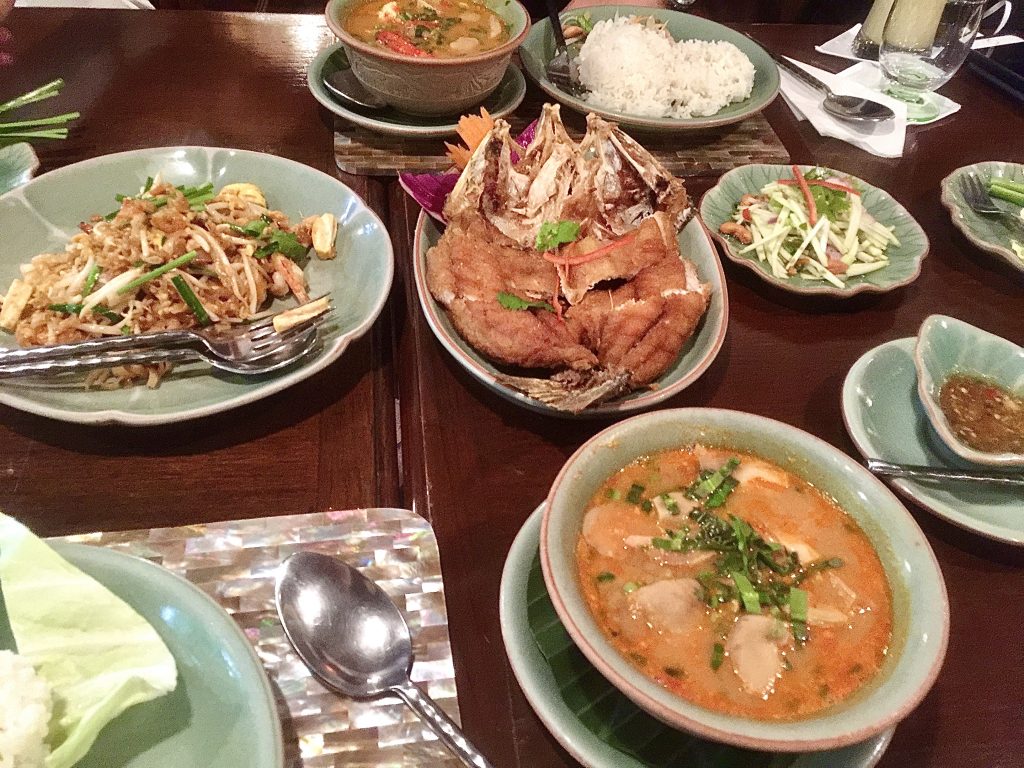
As Australian chef David Thompson has said, unlike other countries, Thai cooking is “about the juggling of disparate elements to create a harmonious finish.”
I feel the same way when it comes to concocting my Coconut Cocktails.
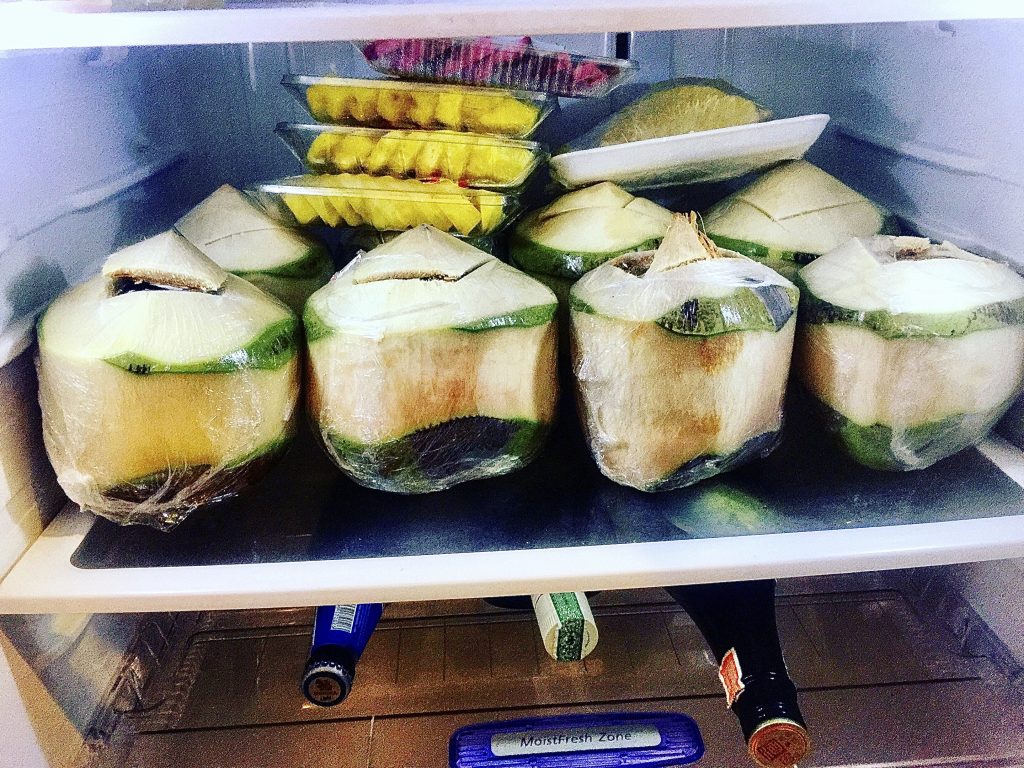
Though Thailand is becoming overwhelmed by tourism in the past decade, it’s a great introduction for anyone who’s pursuing their first steps into a digital nomad lifestyle.
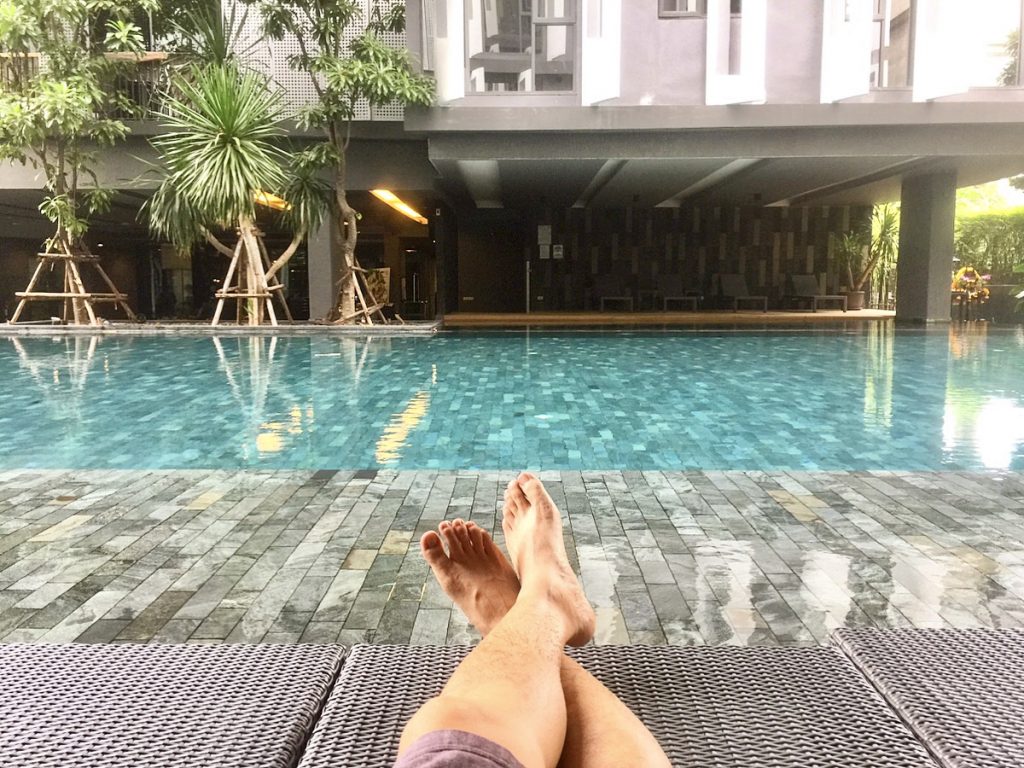
Half the fun is not knowing where you’ll end up next.
